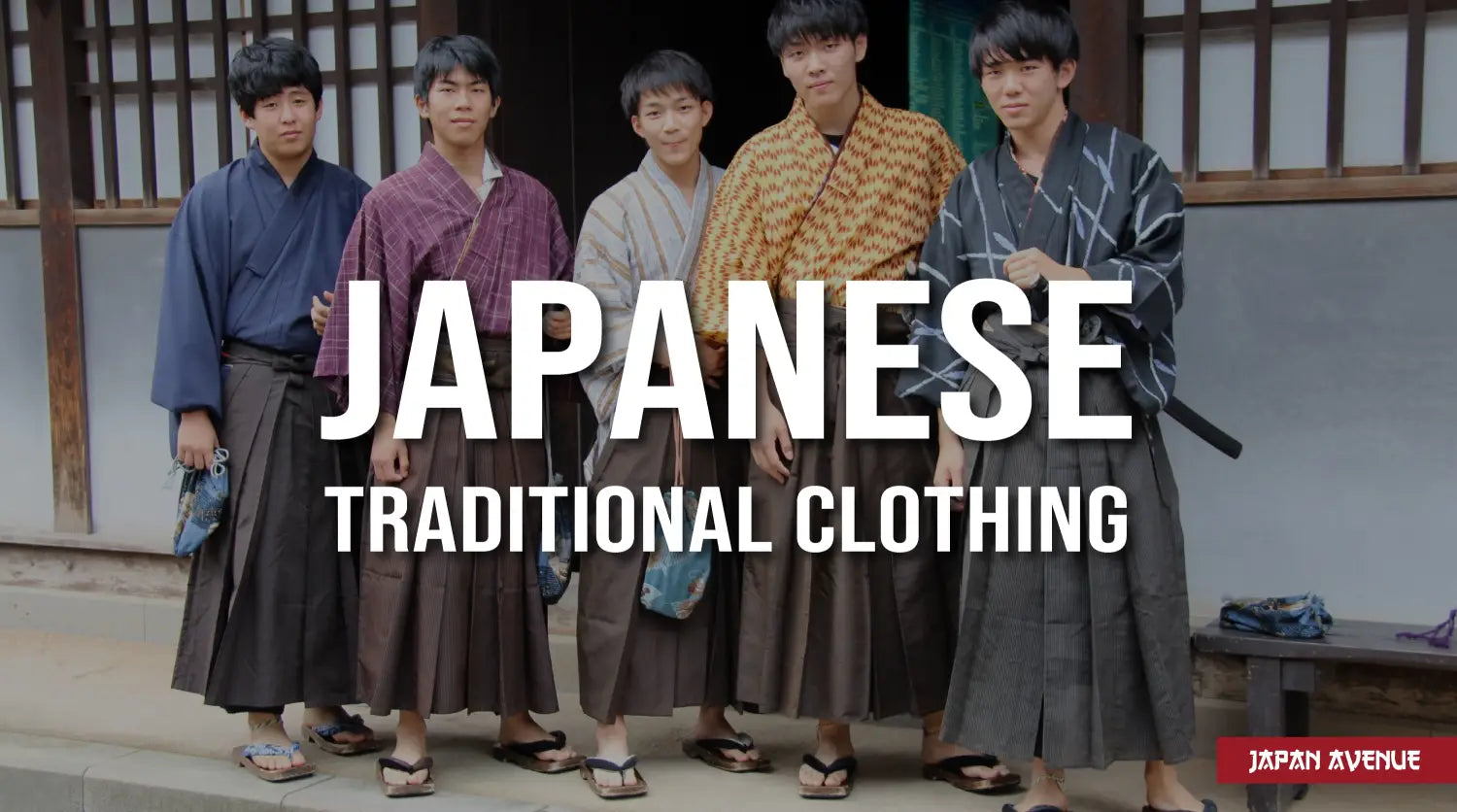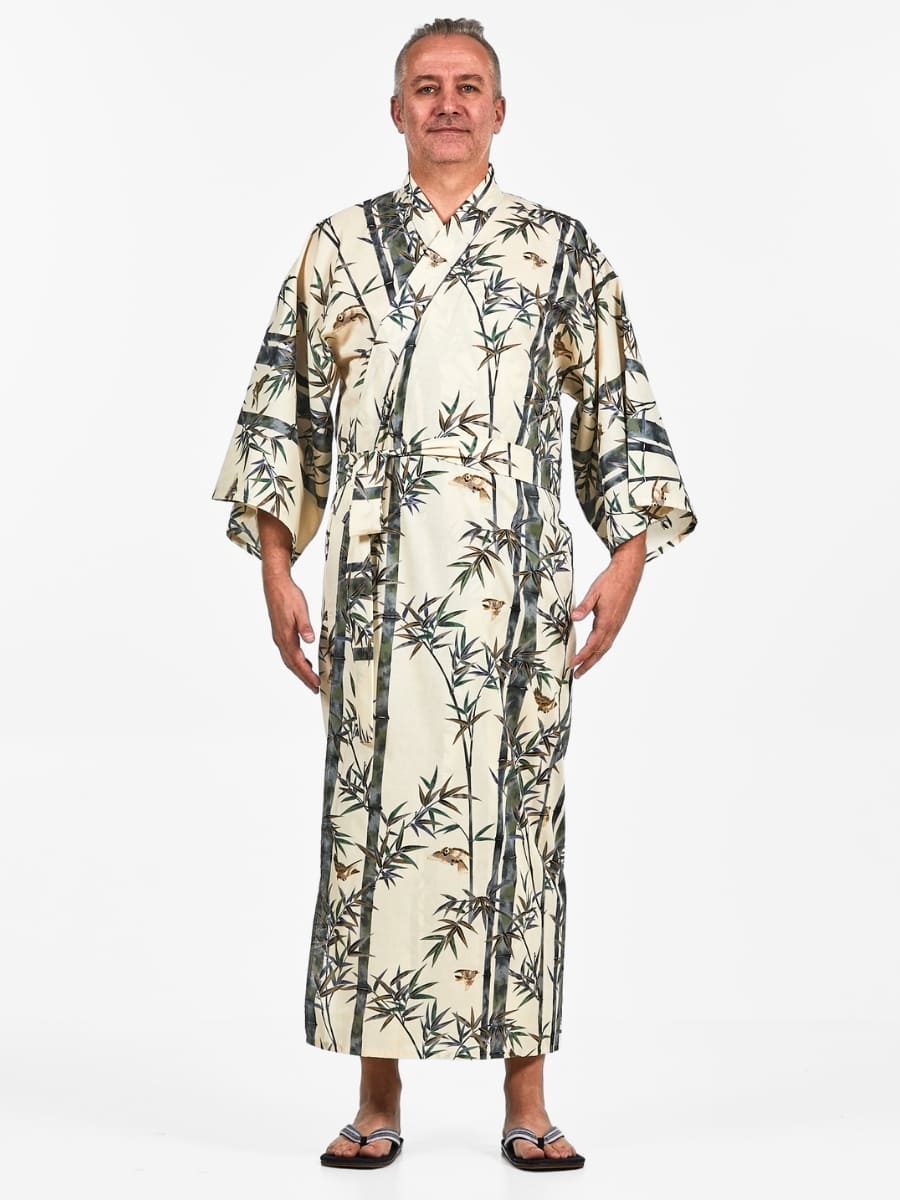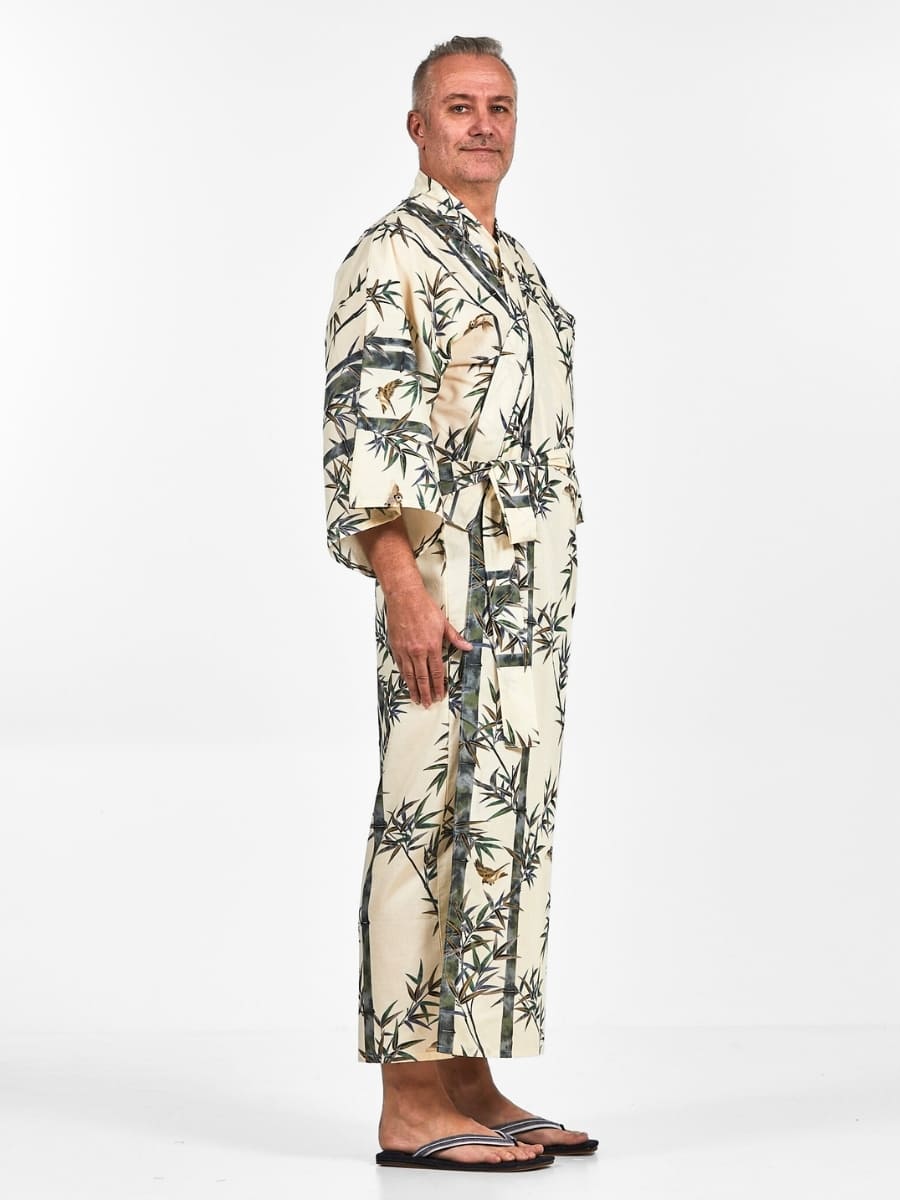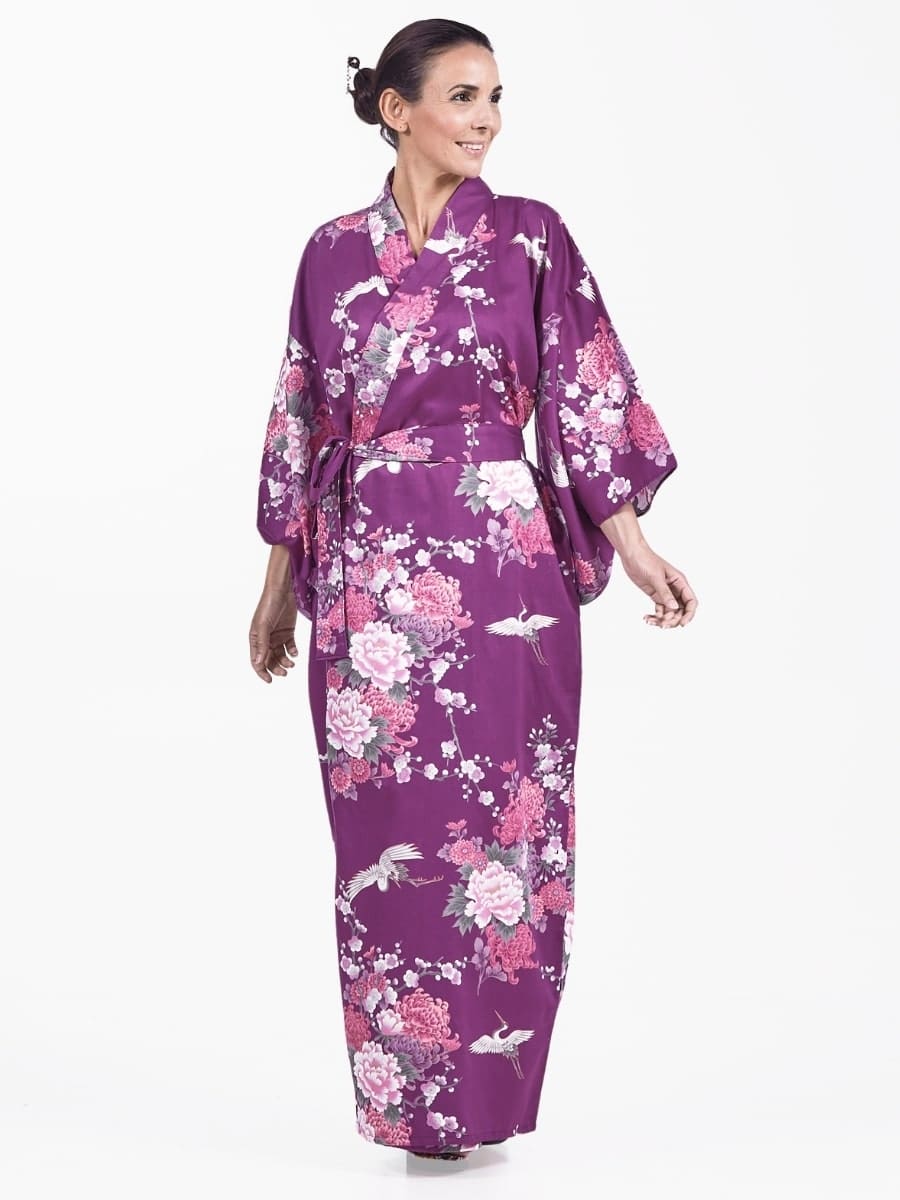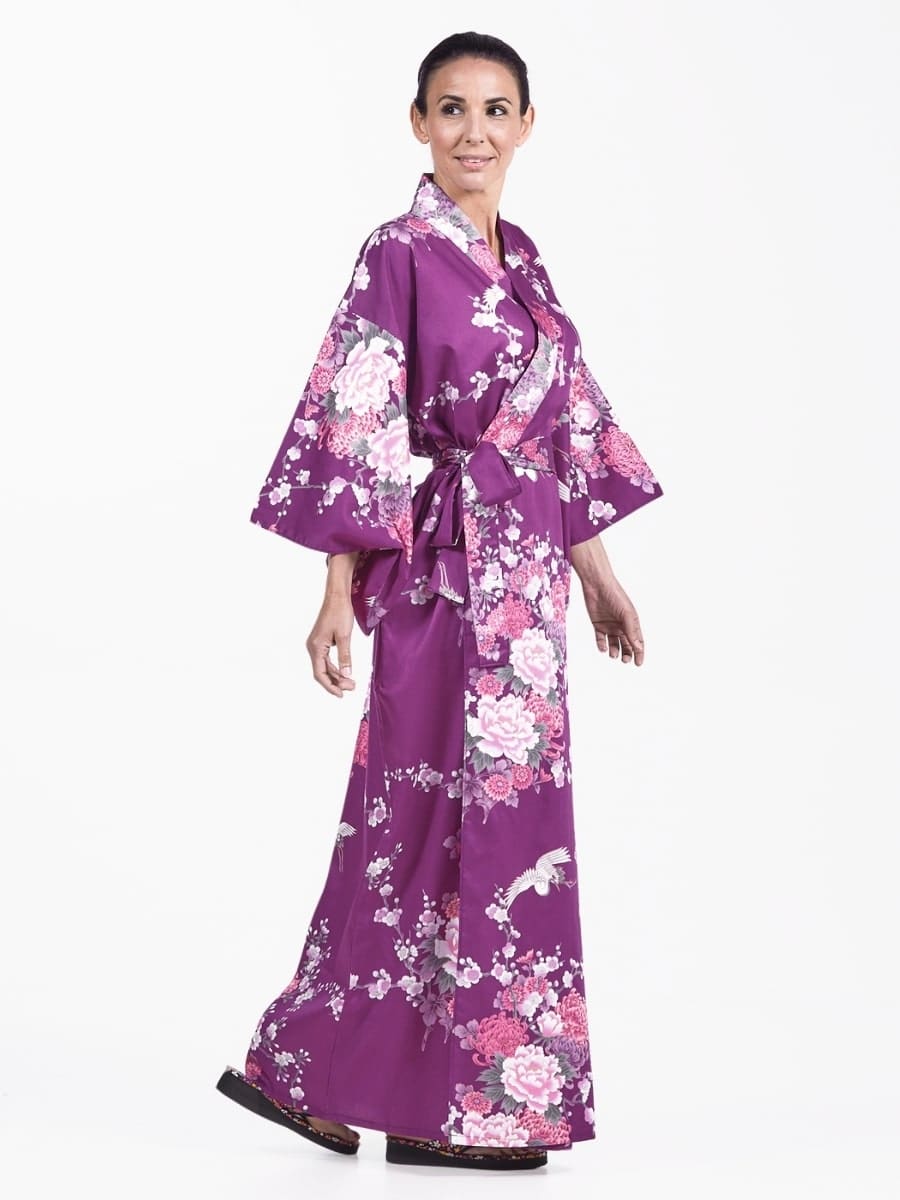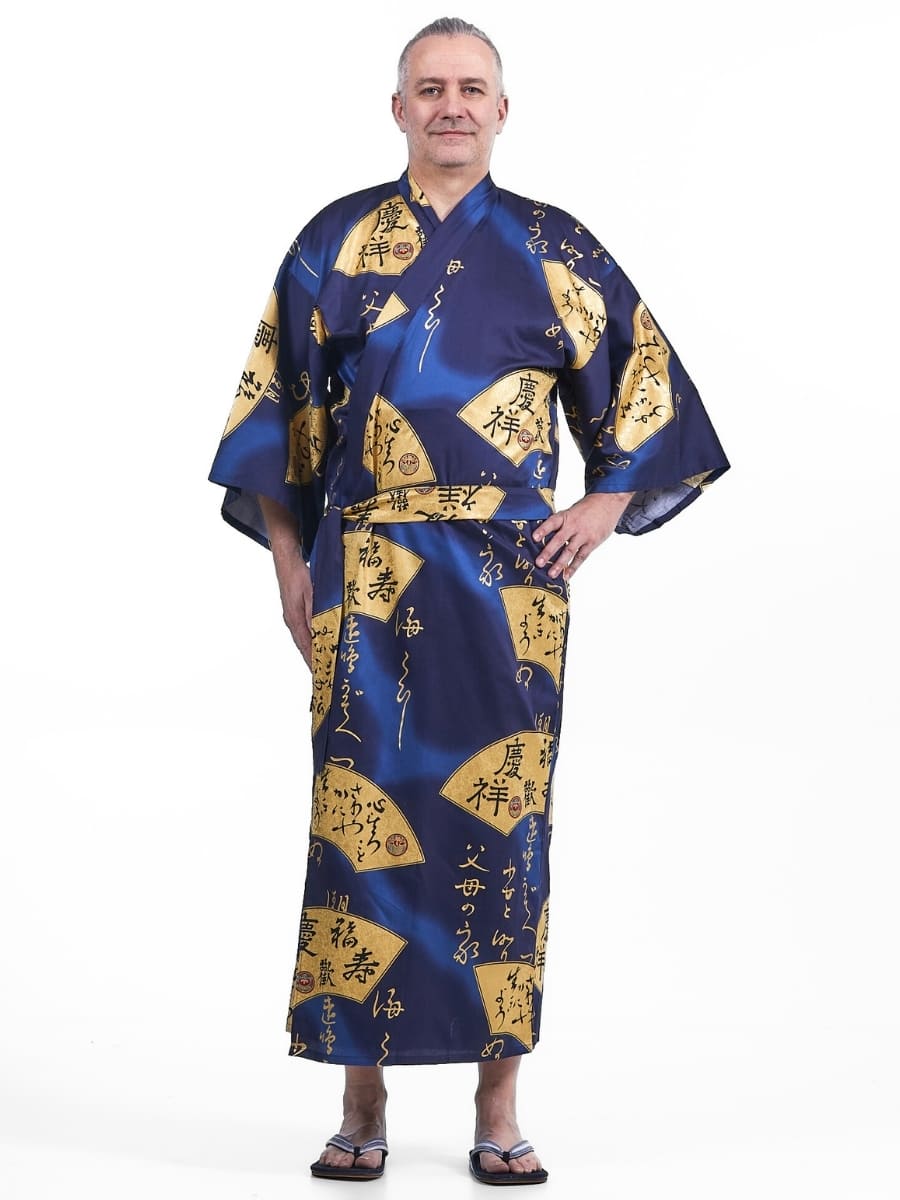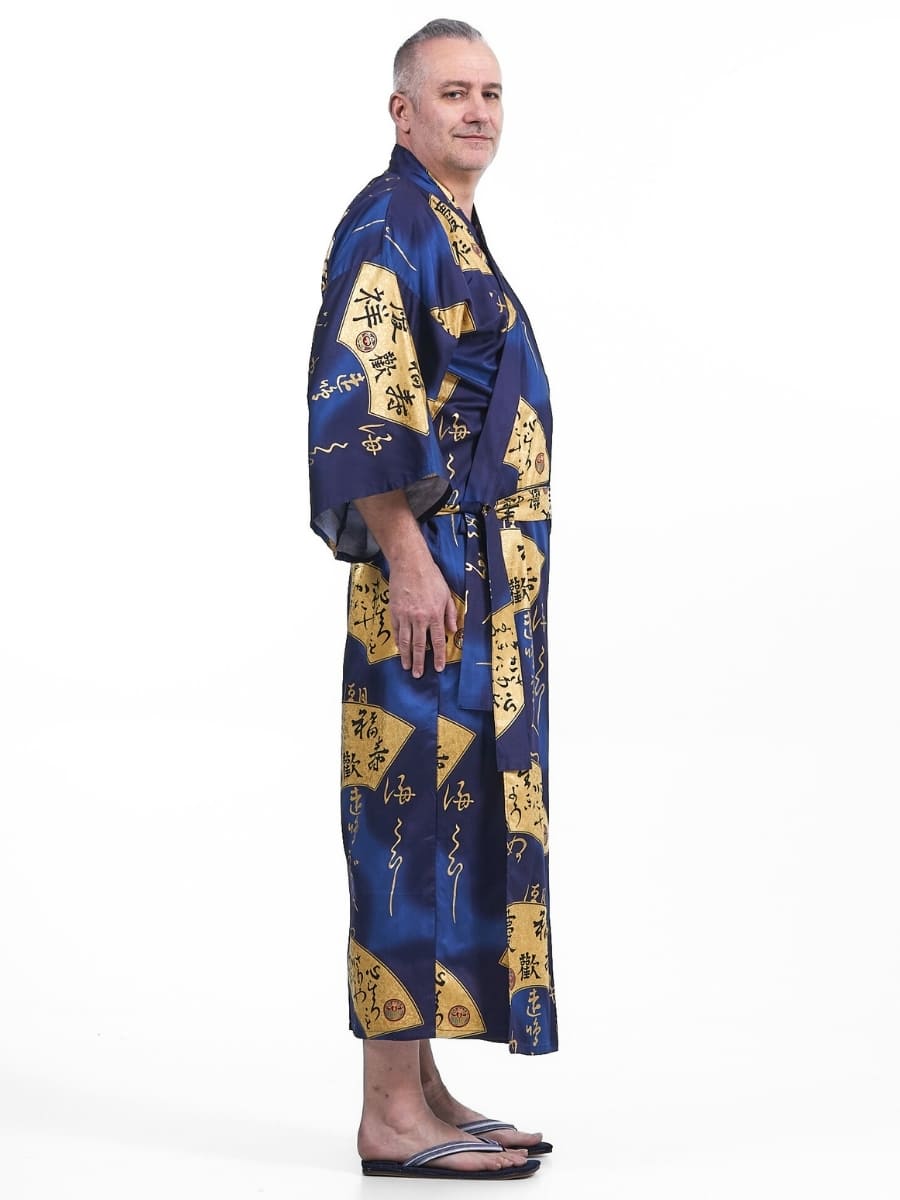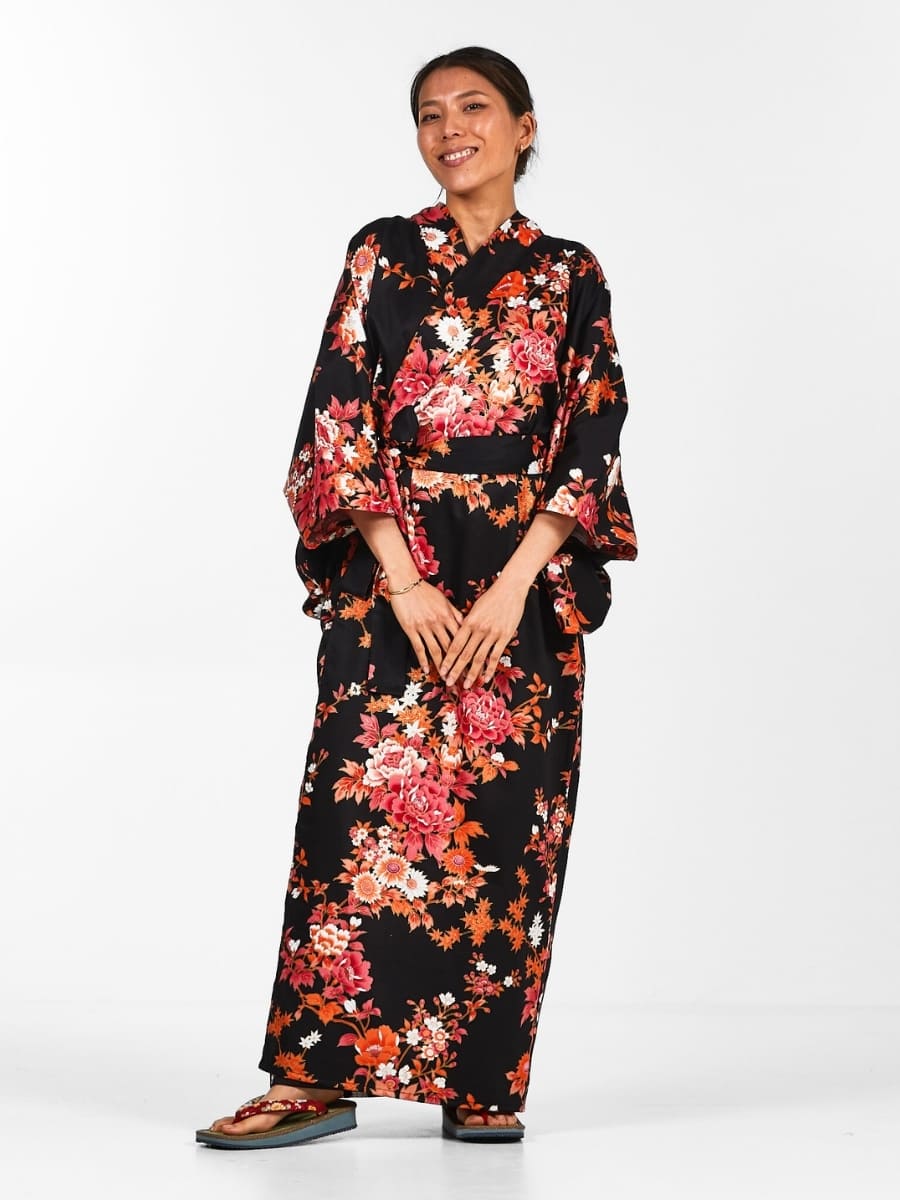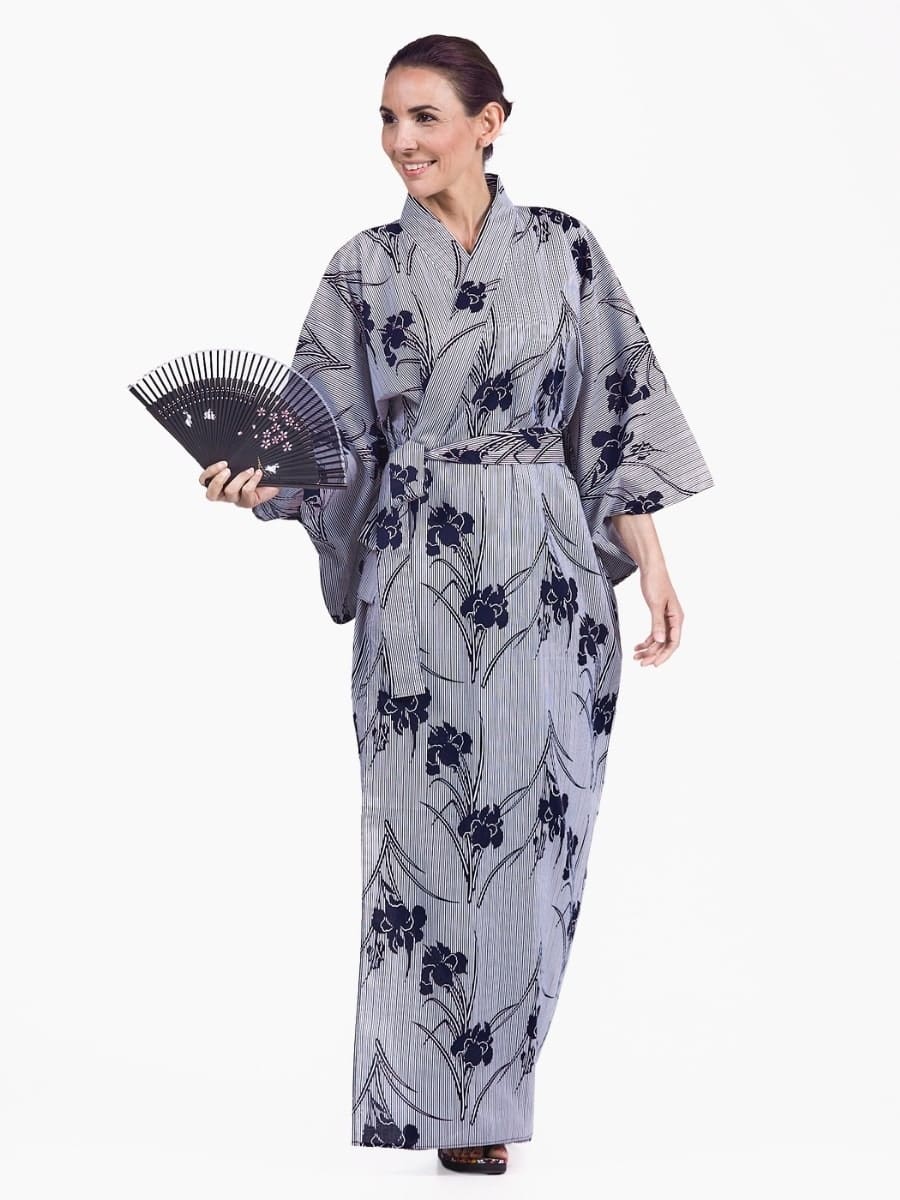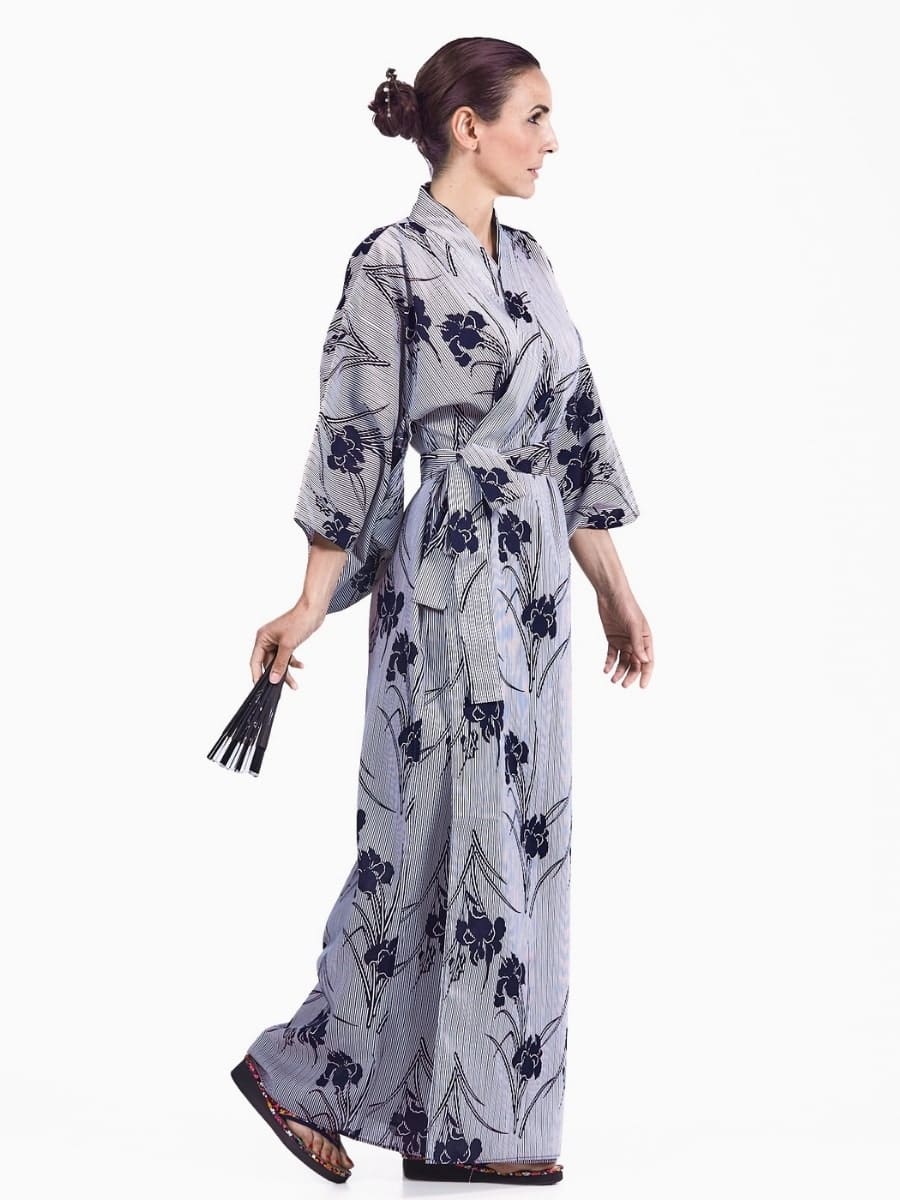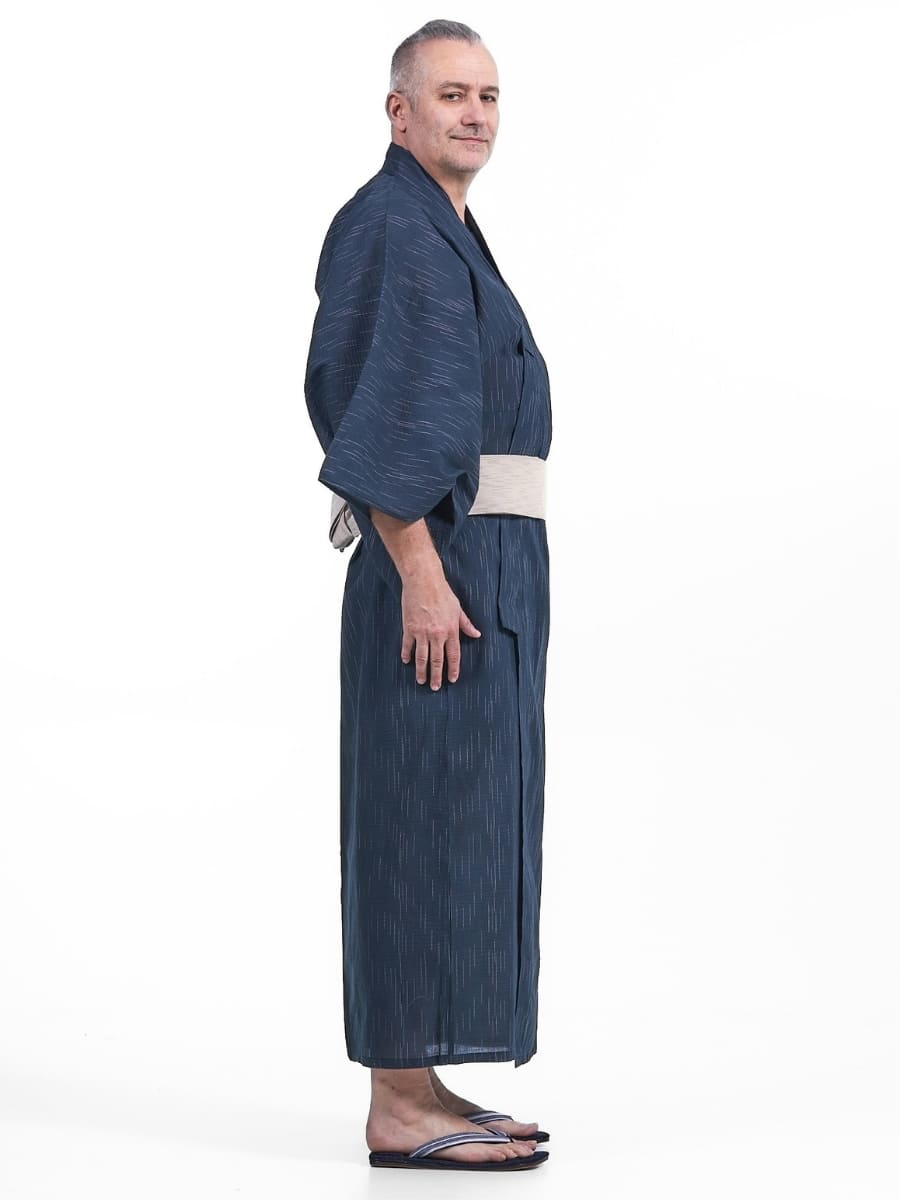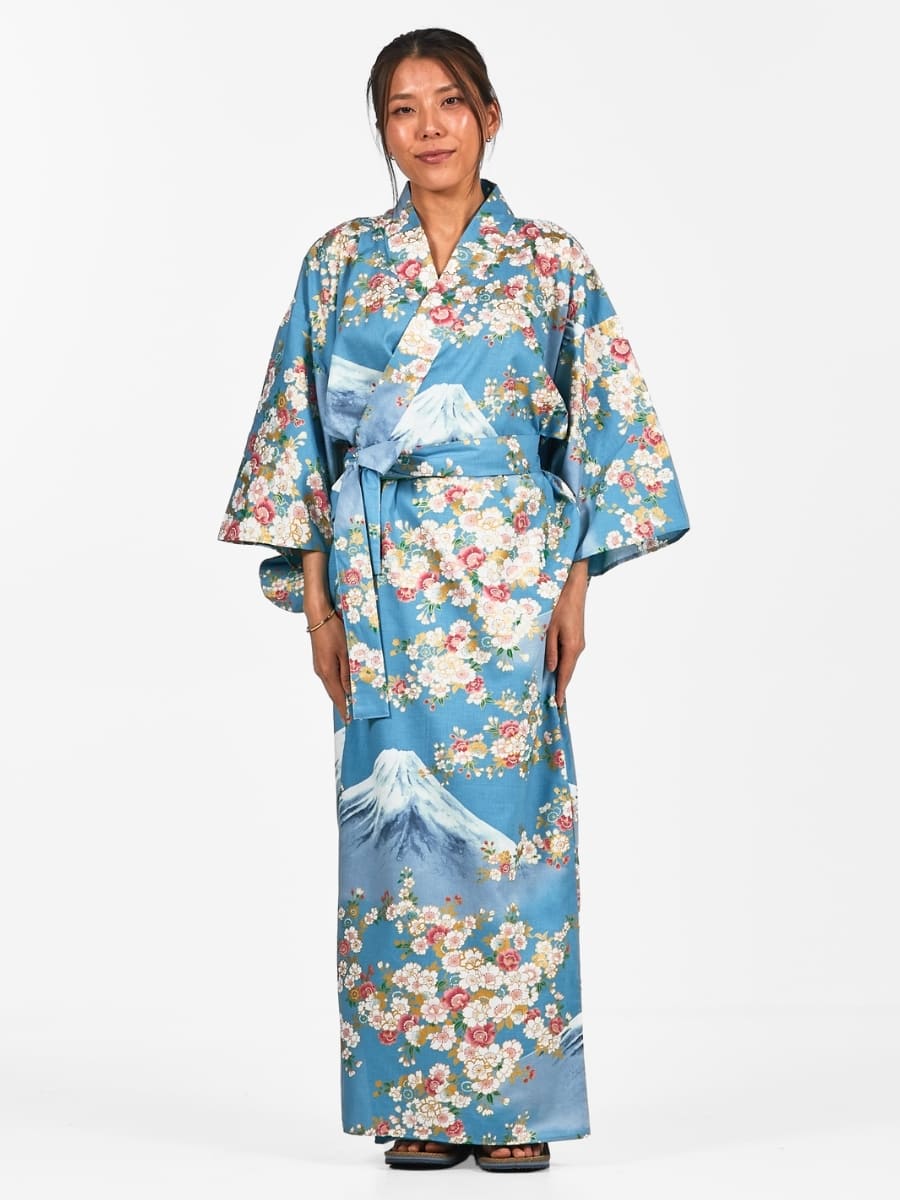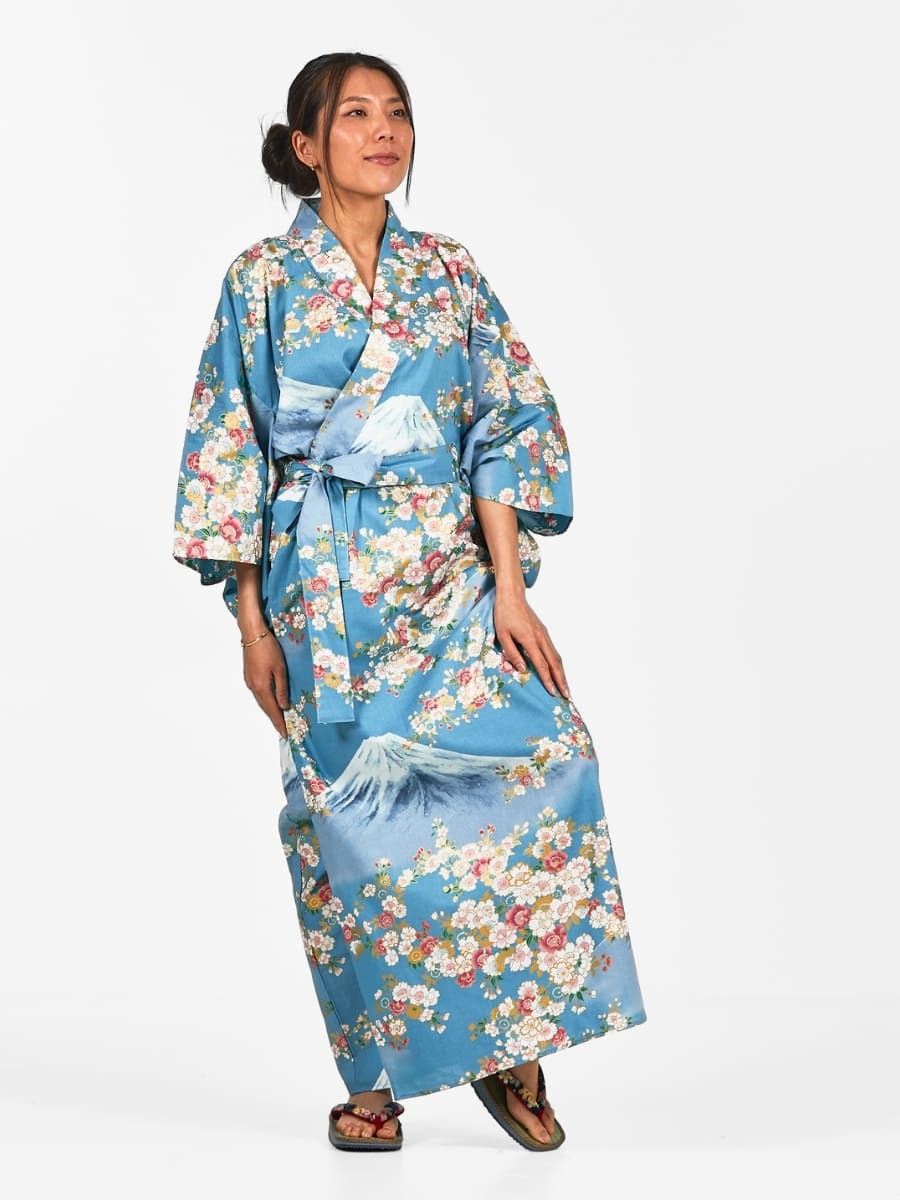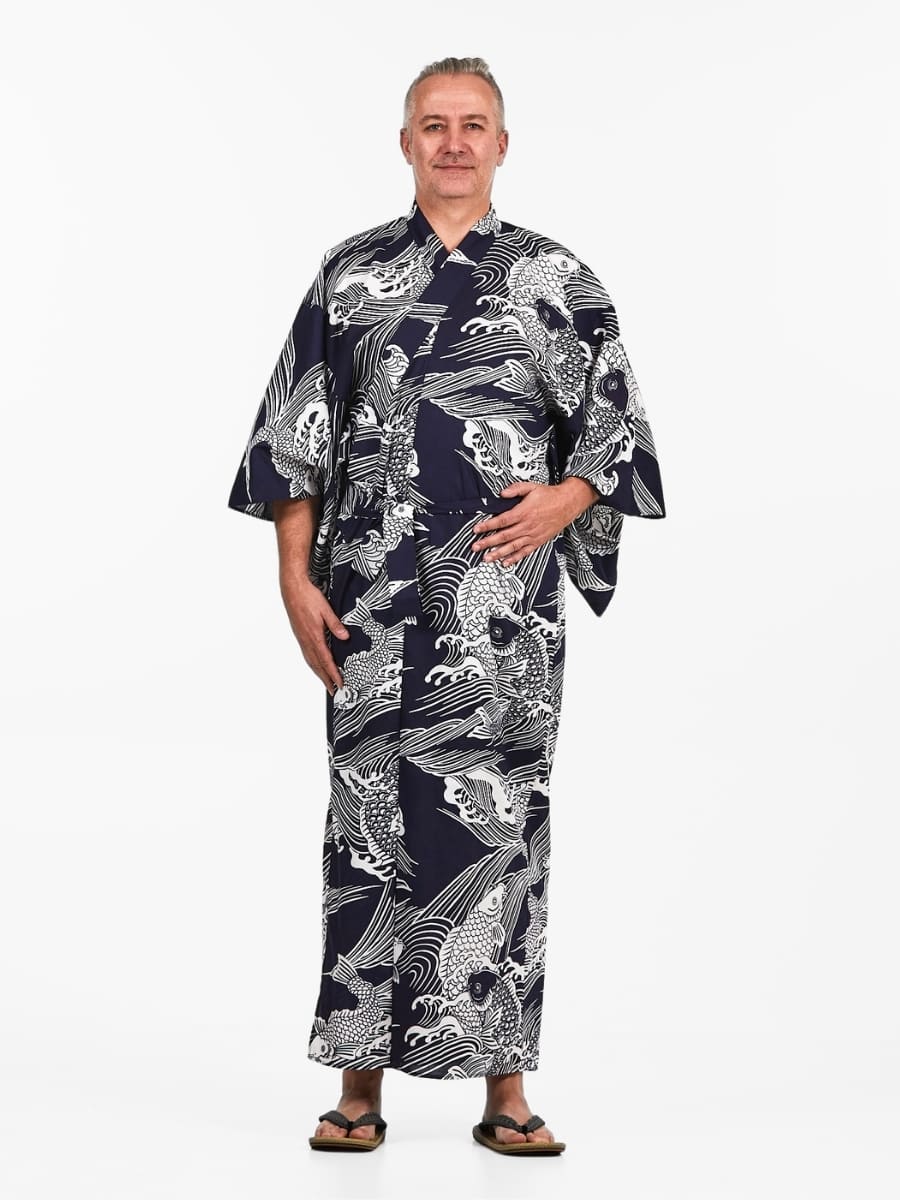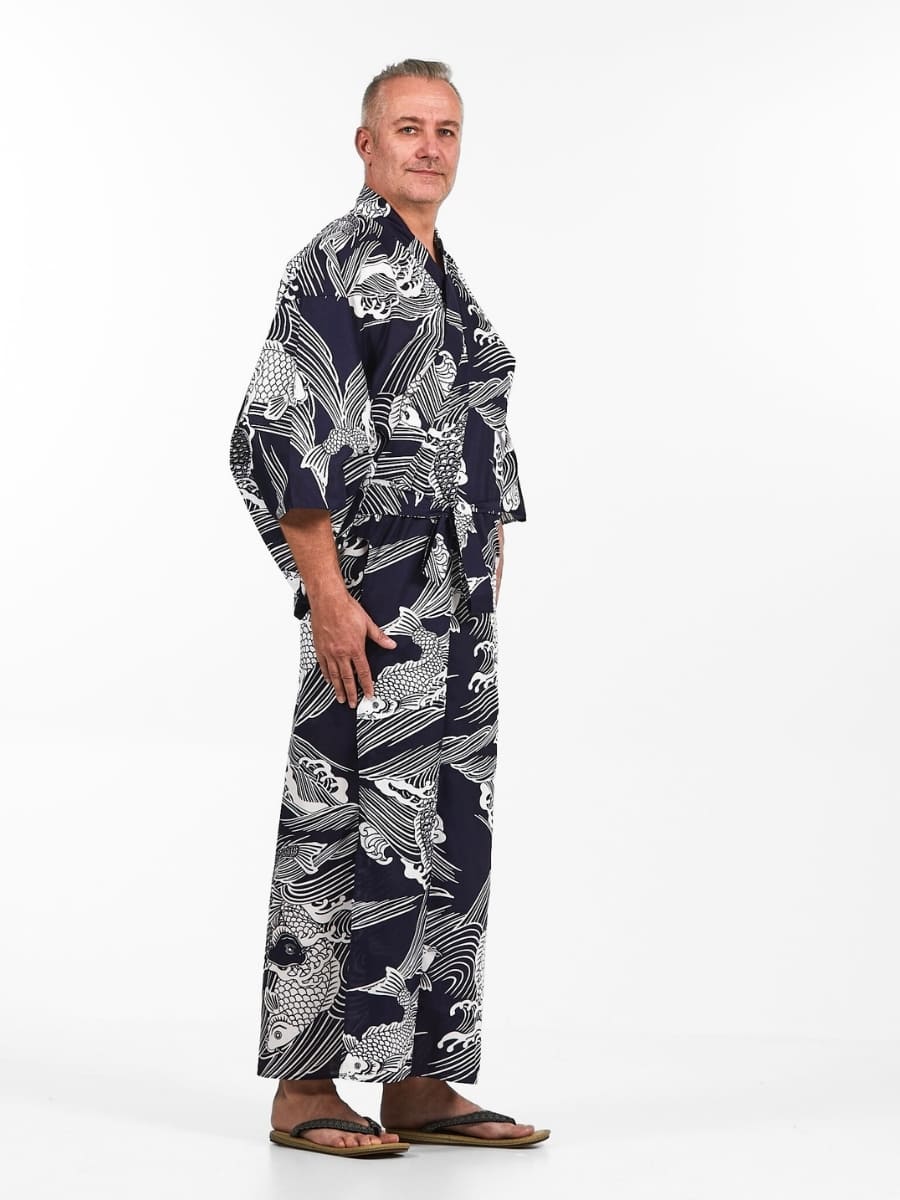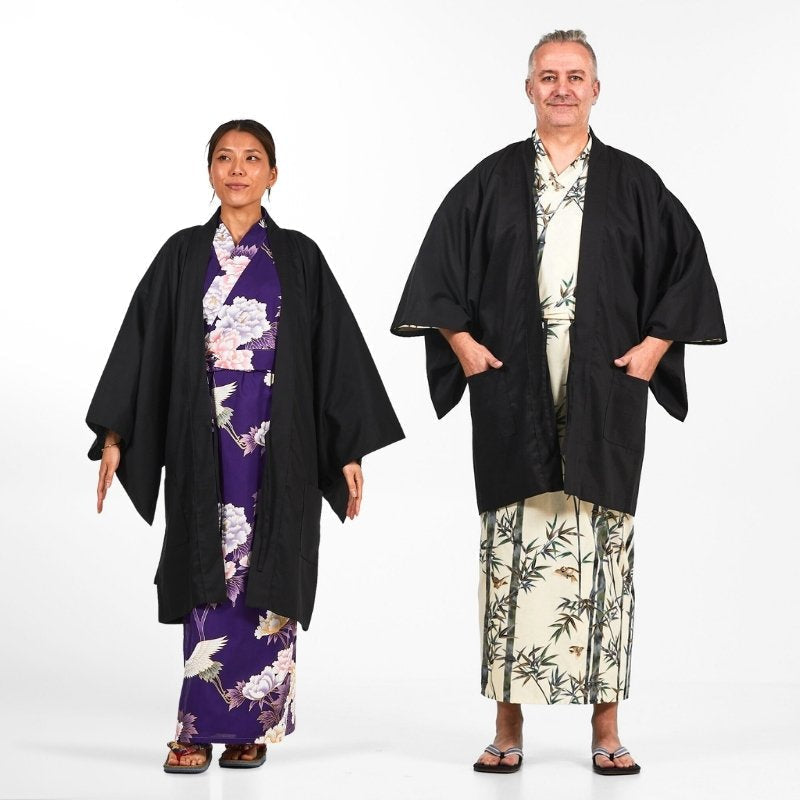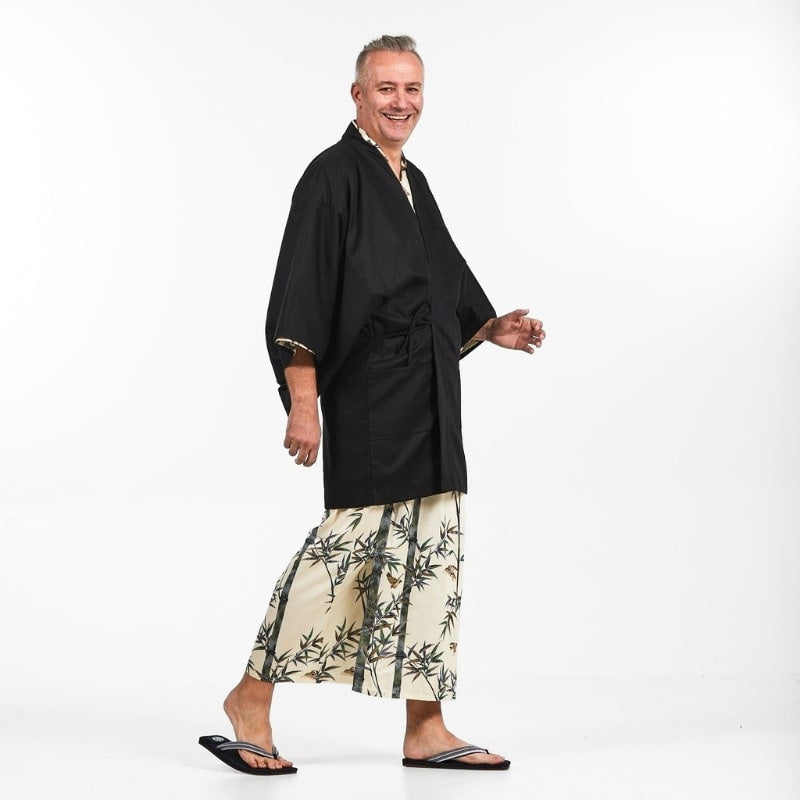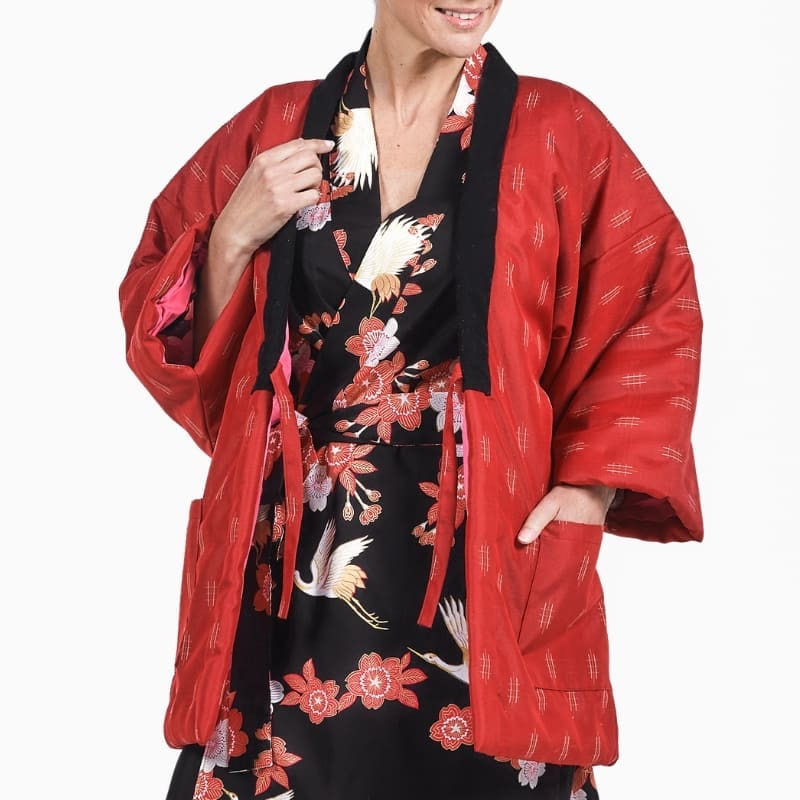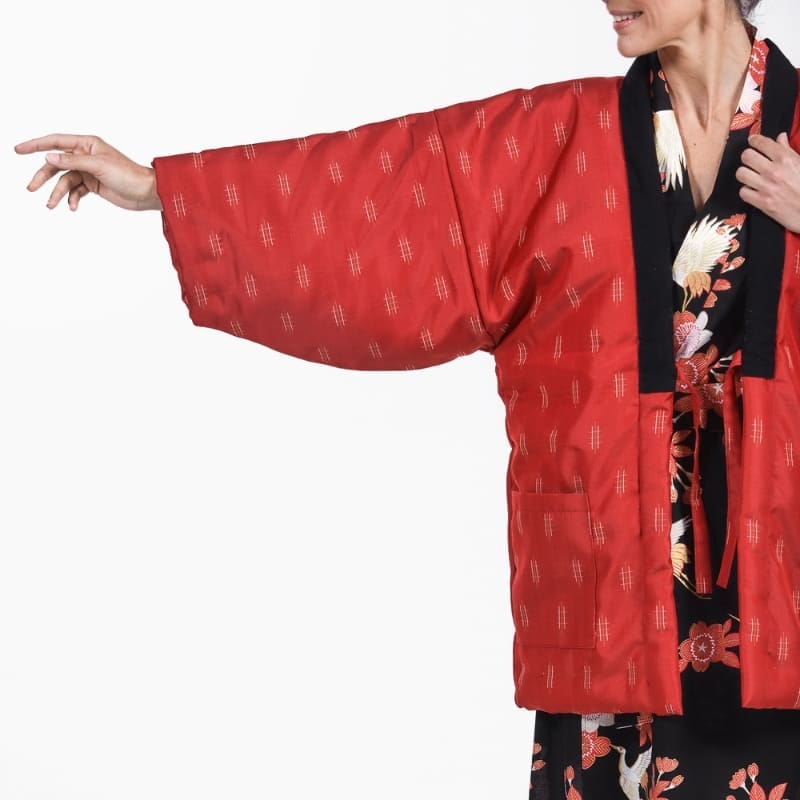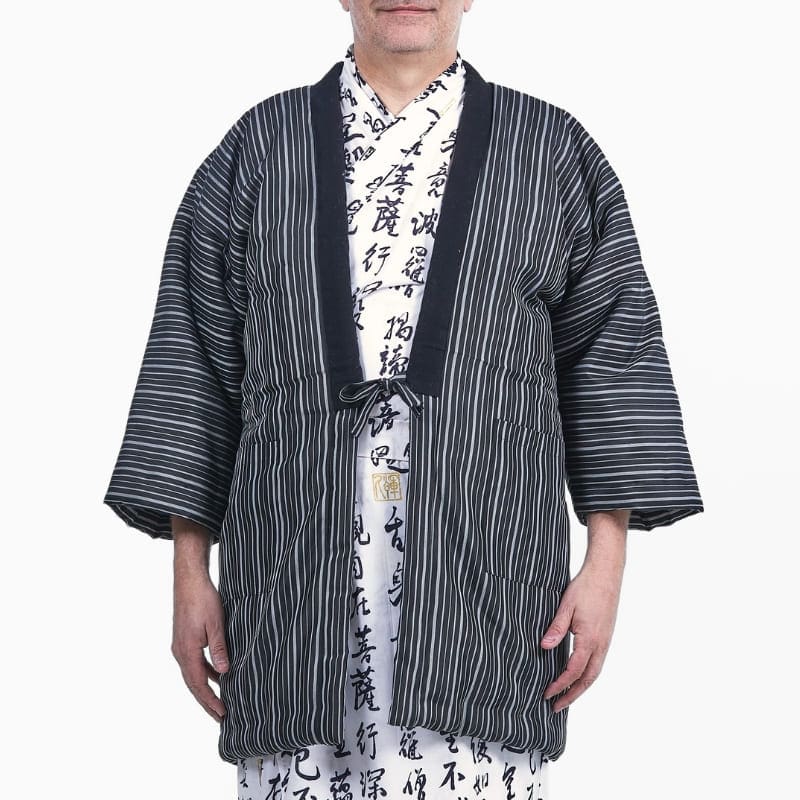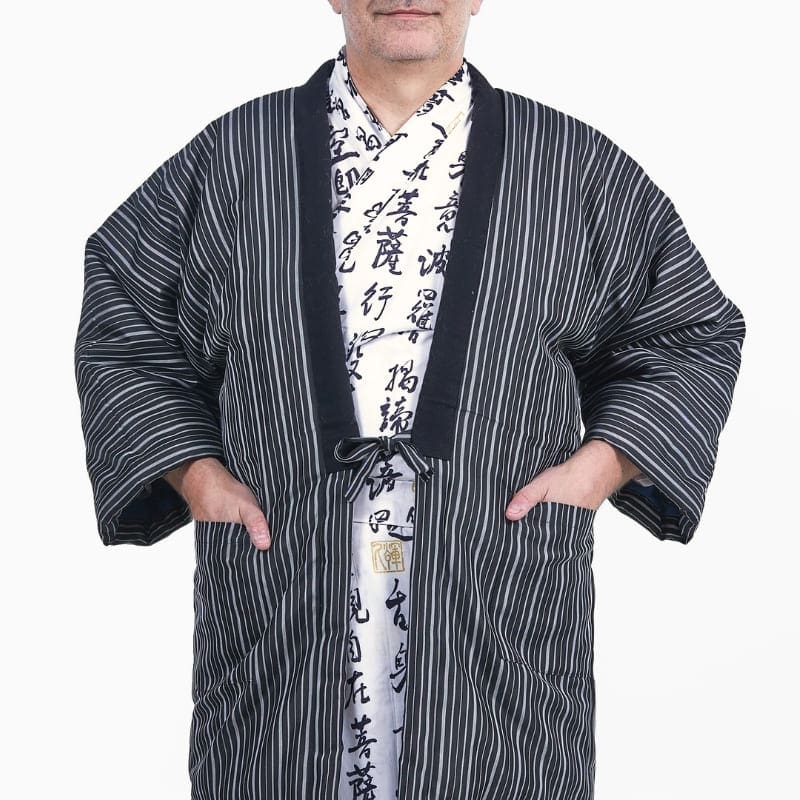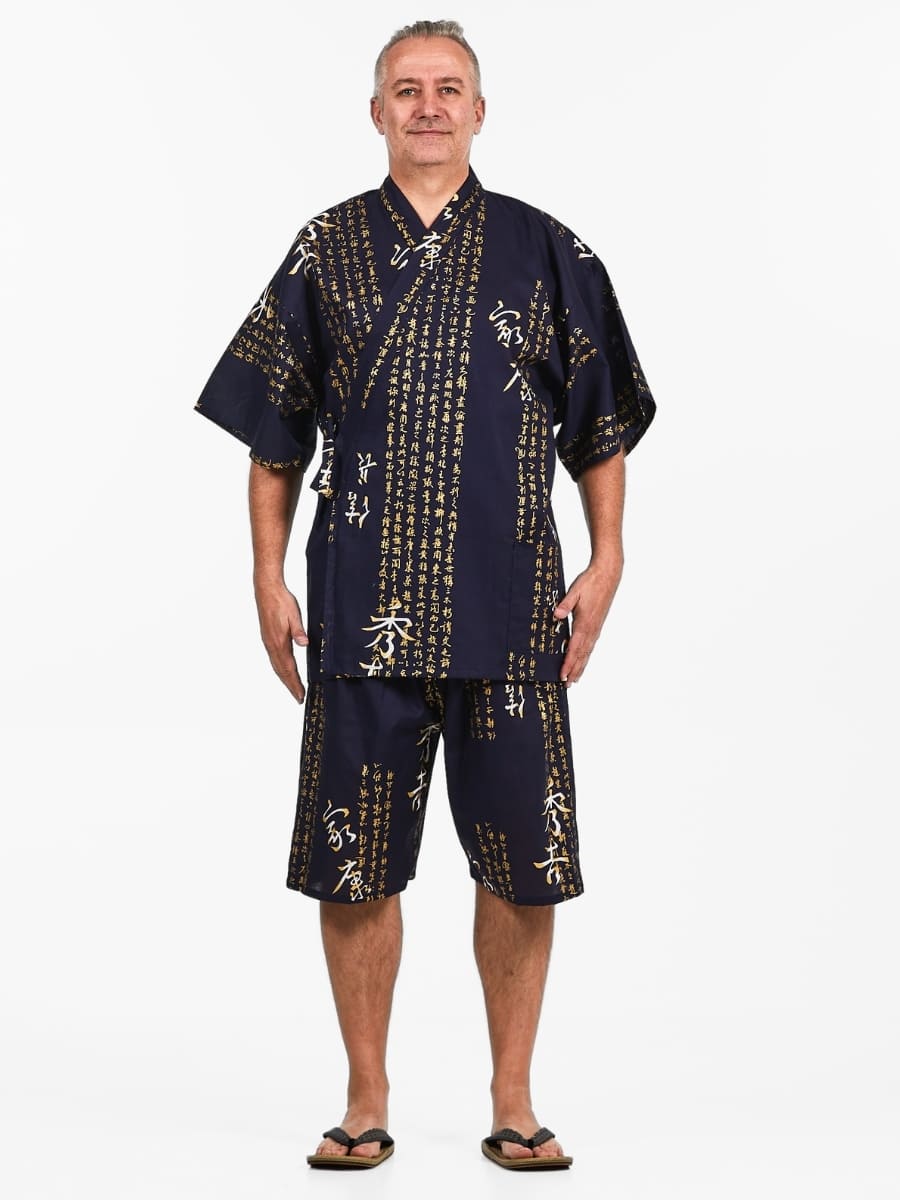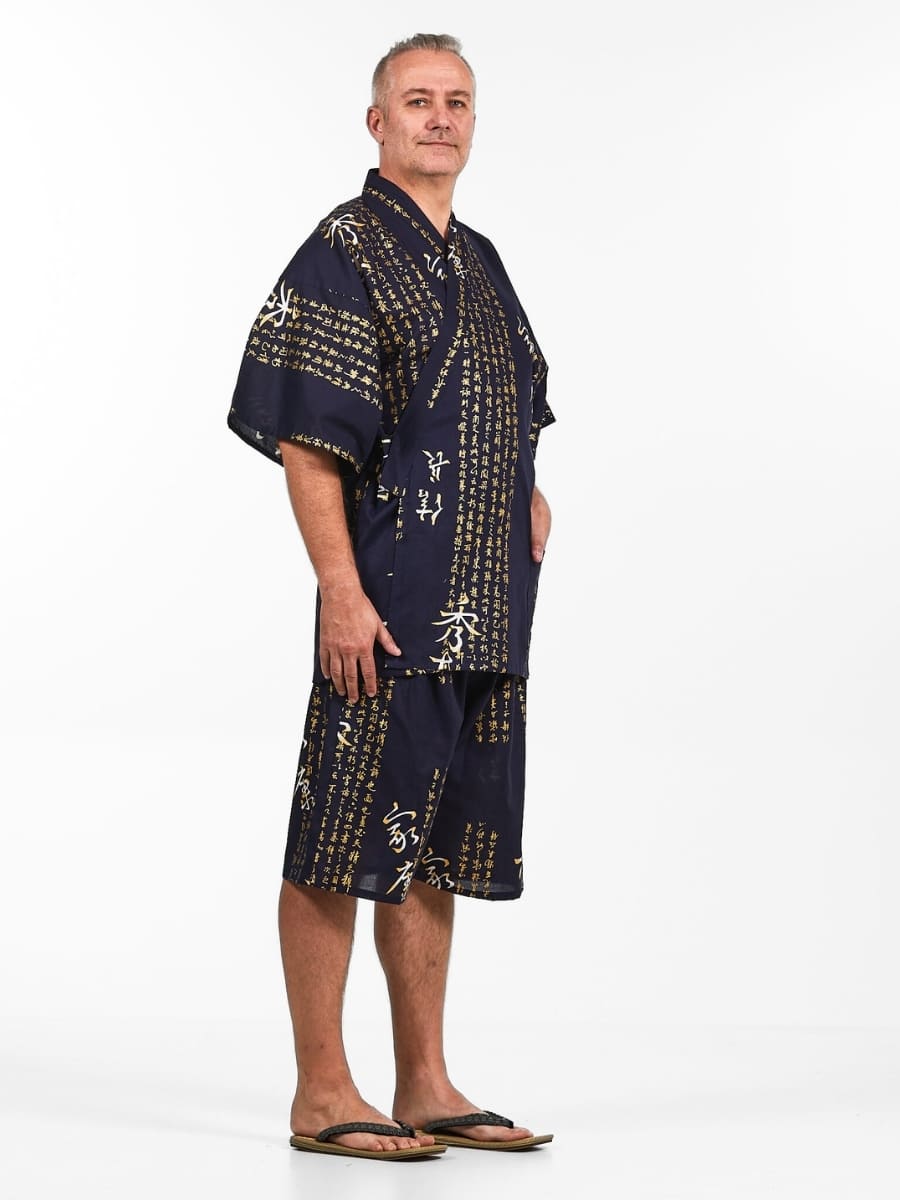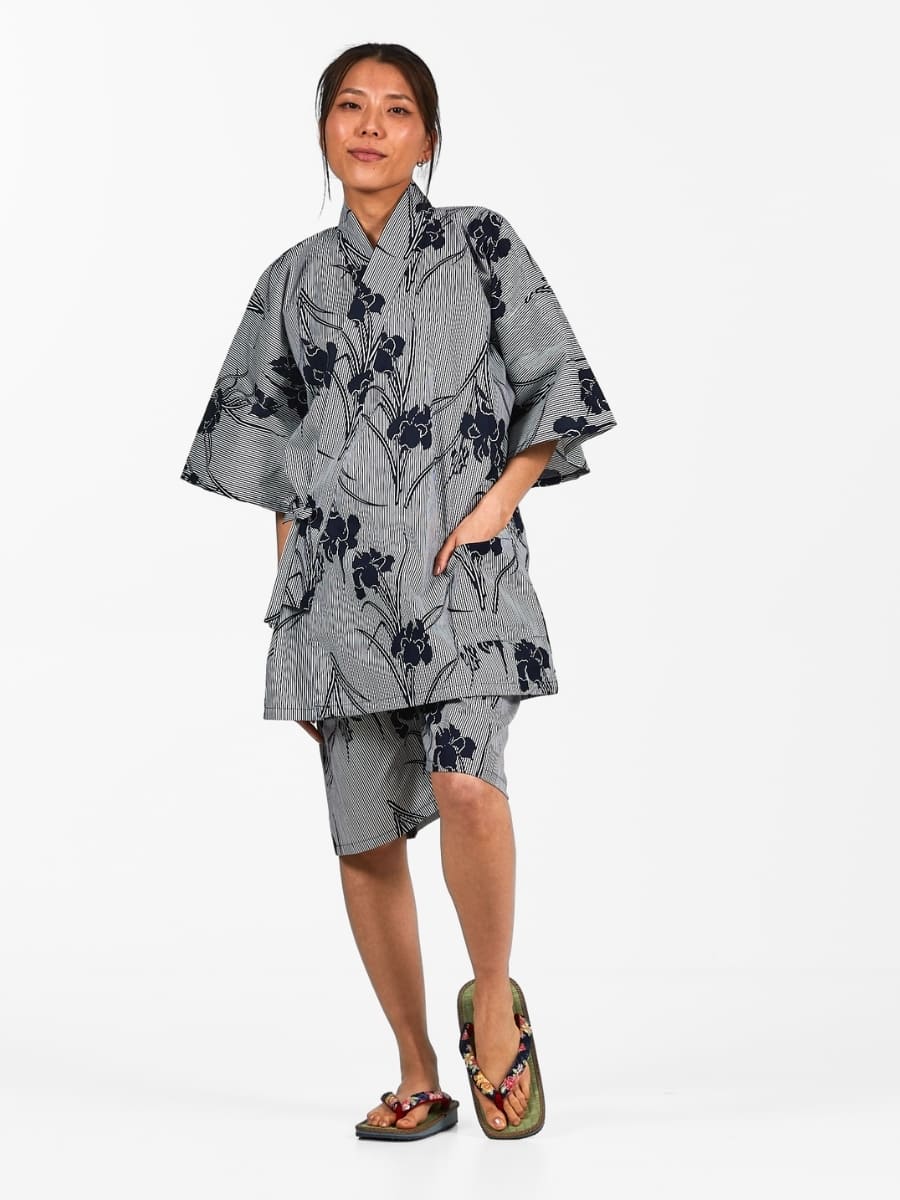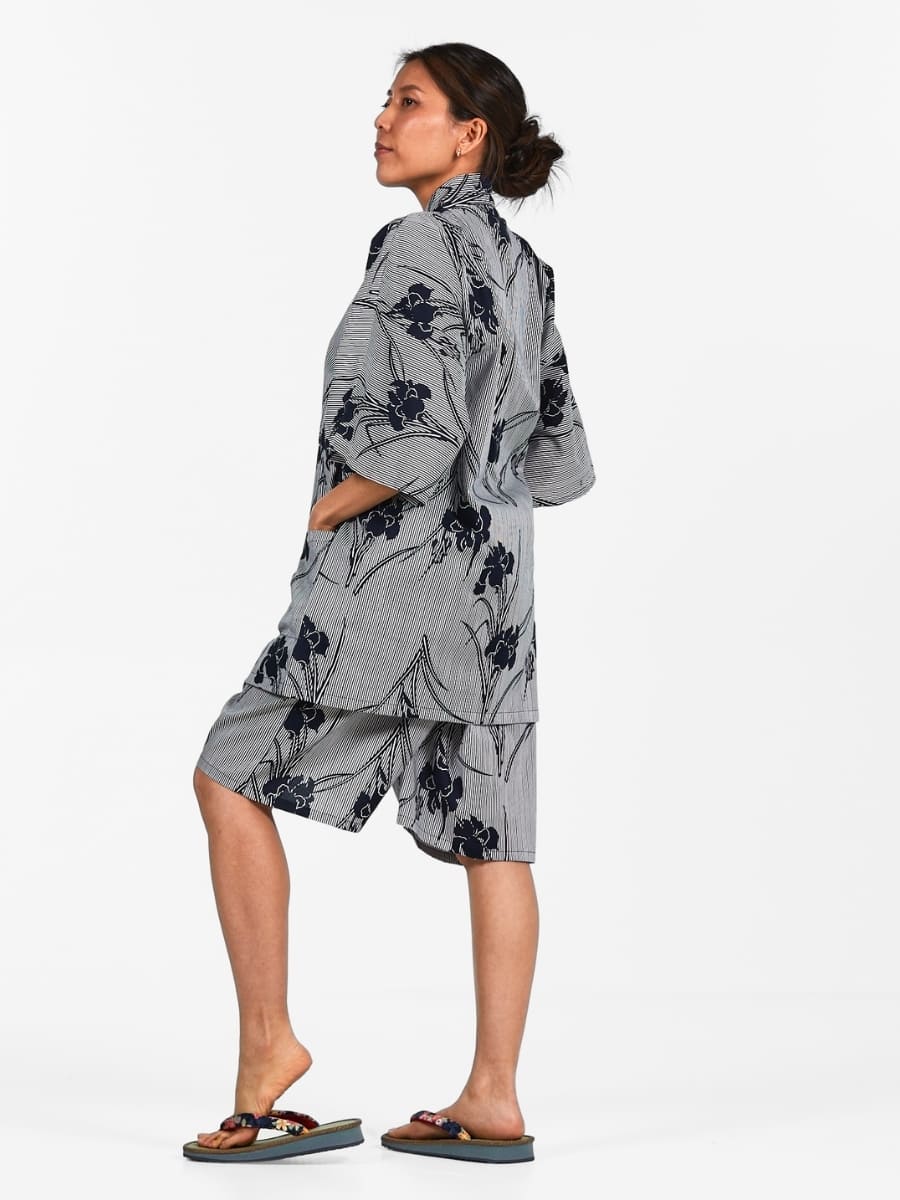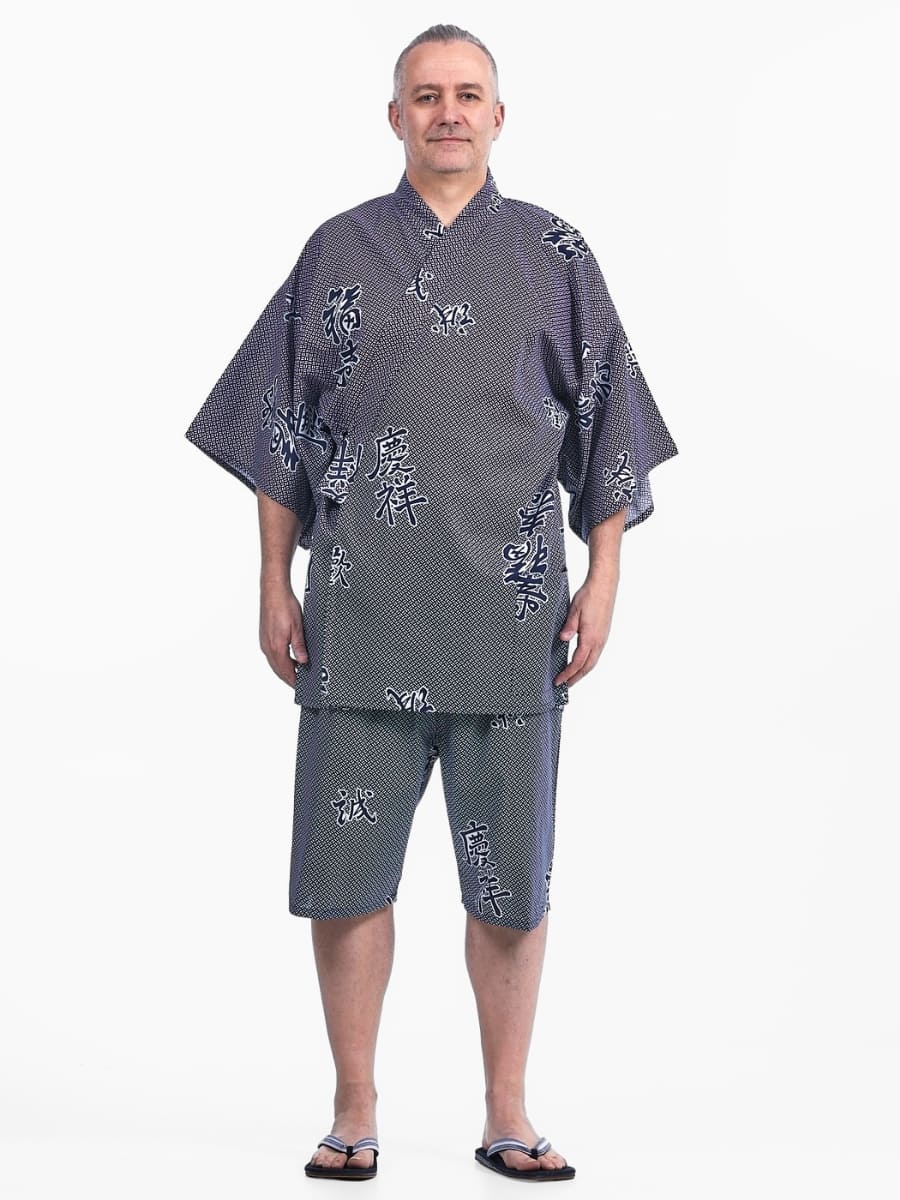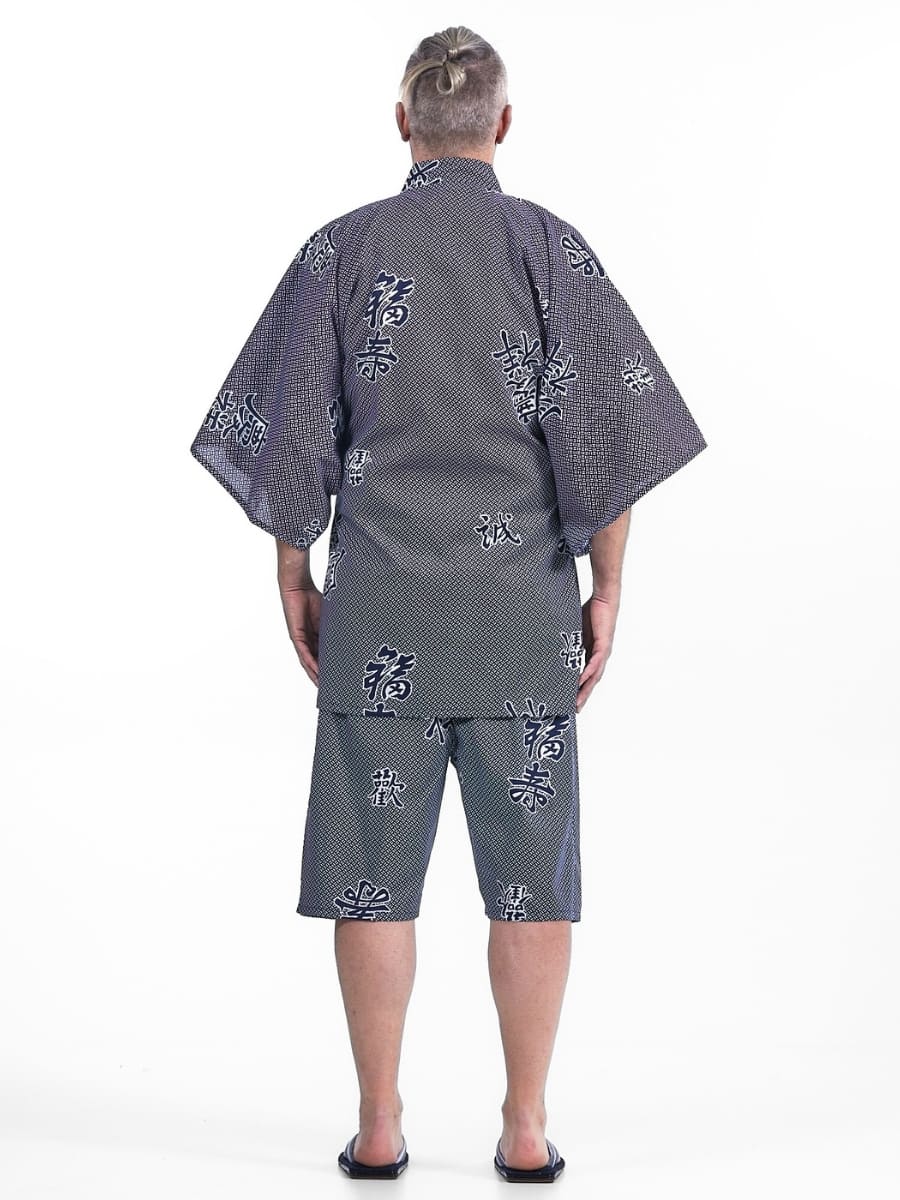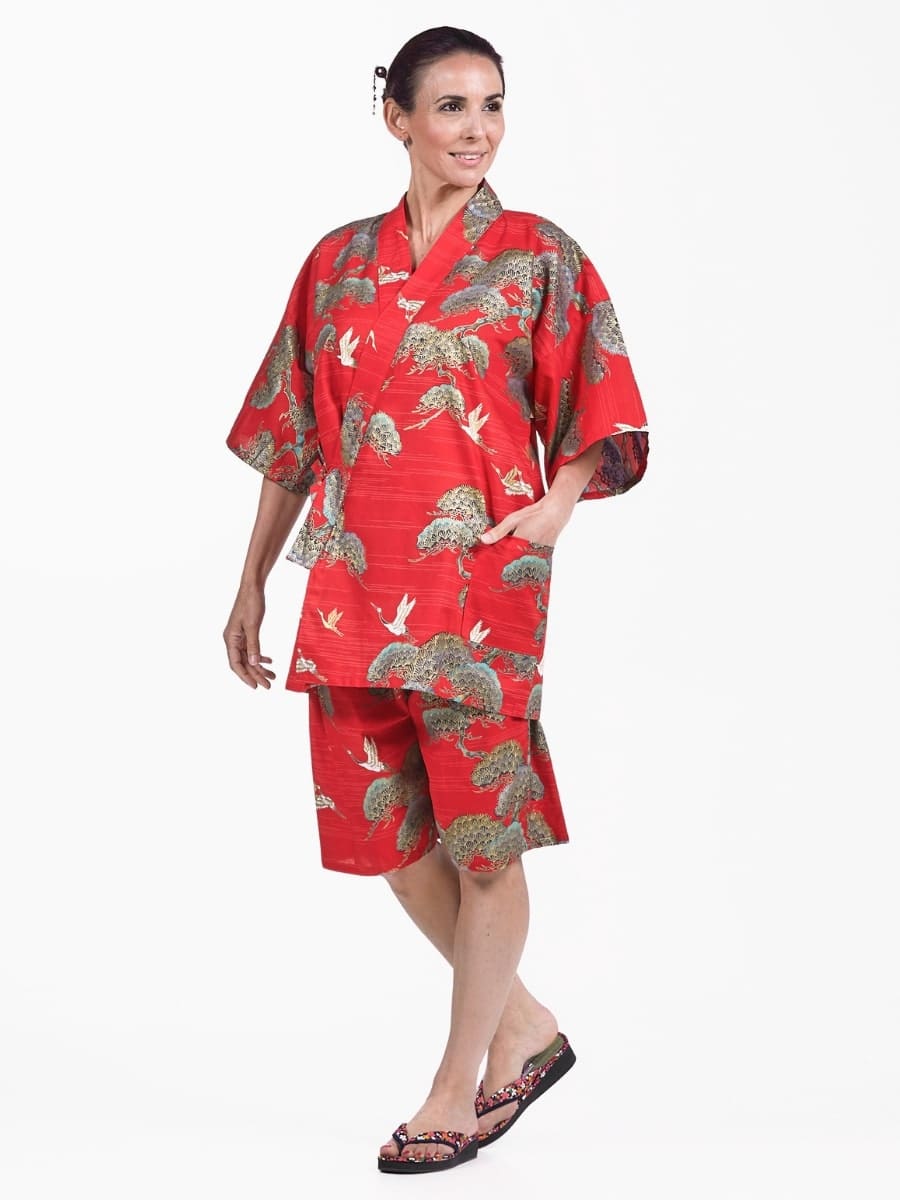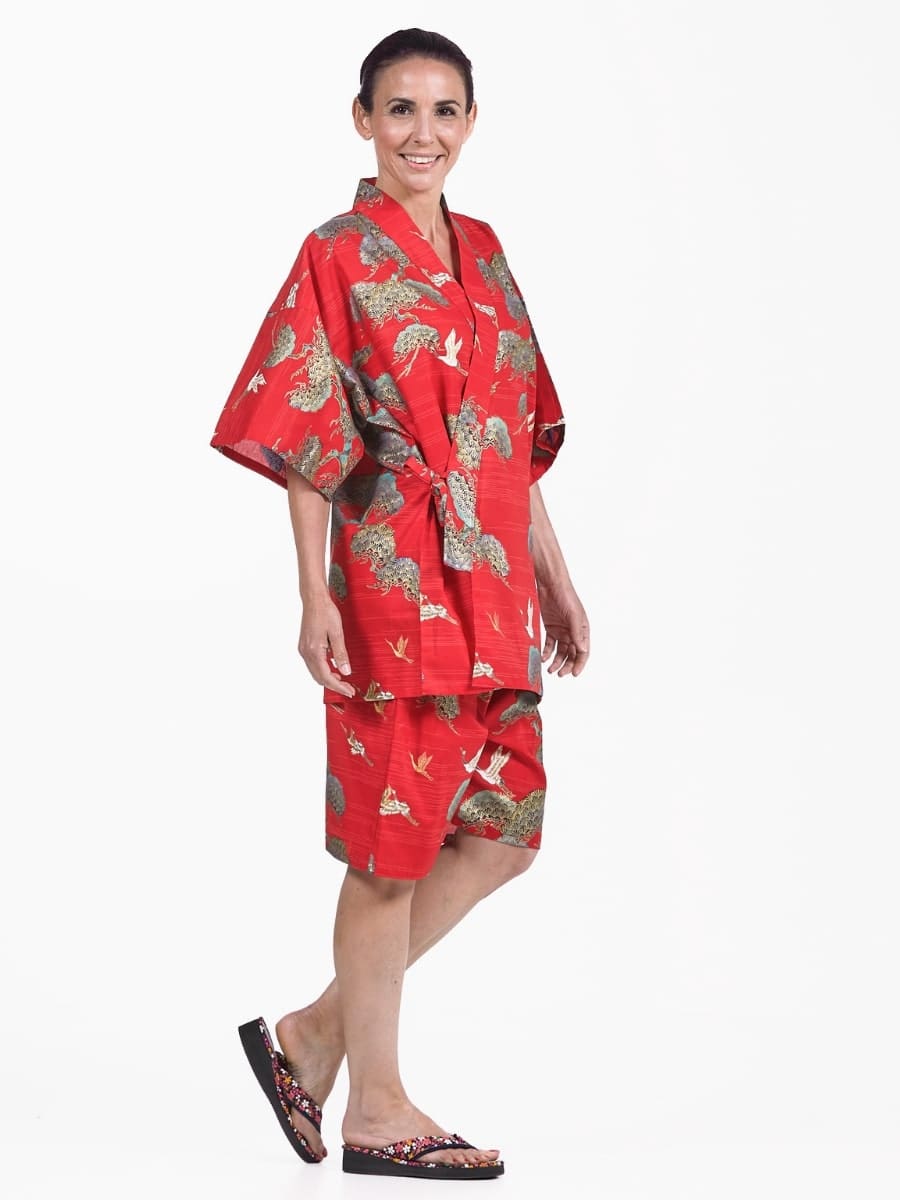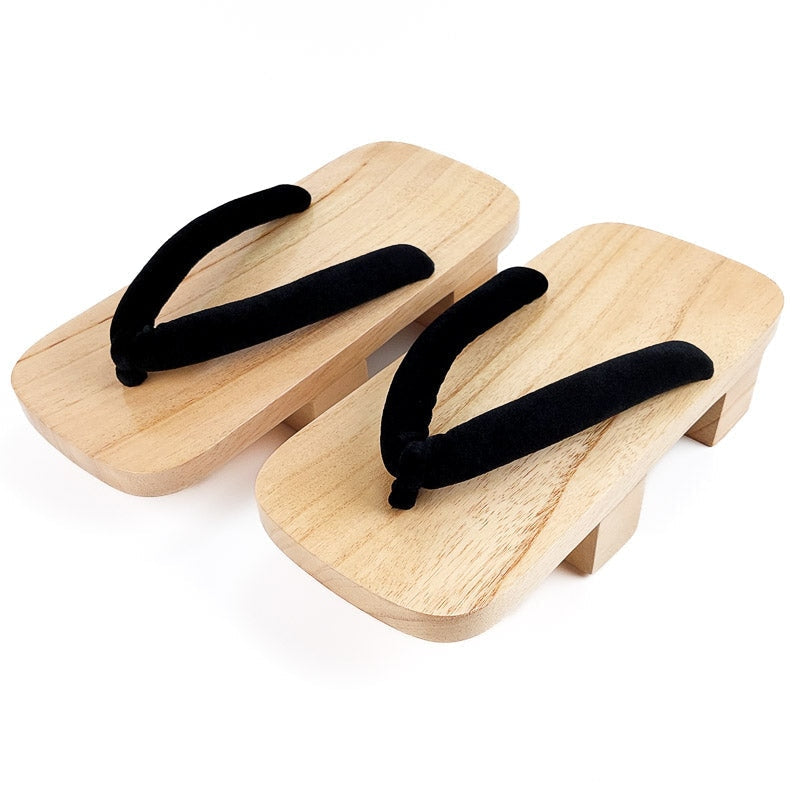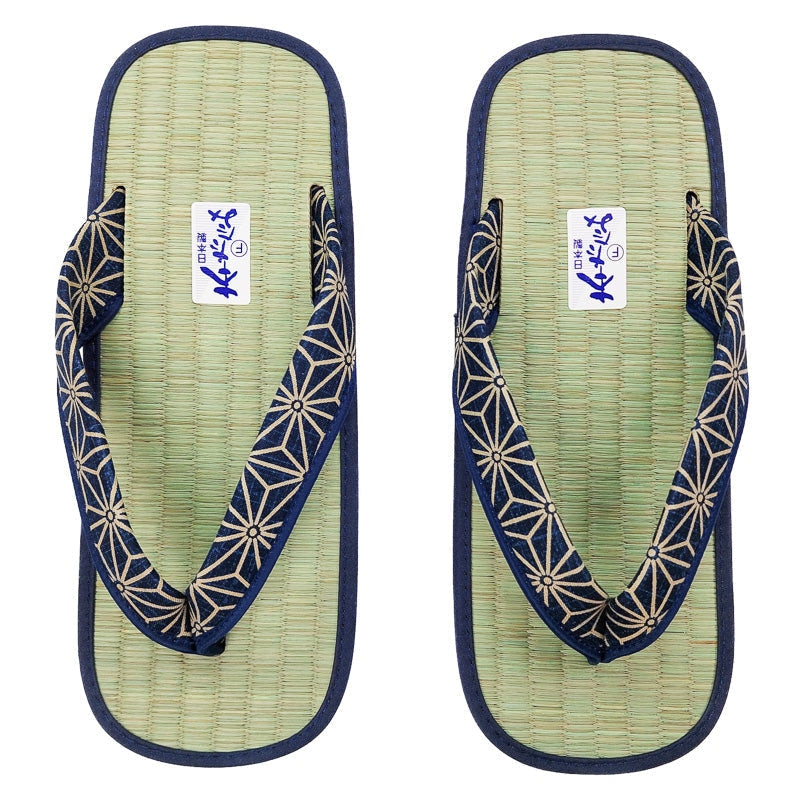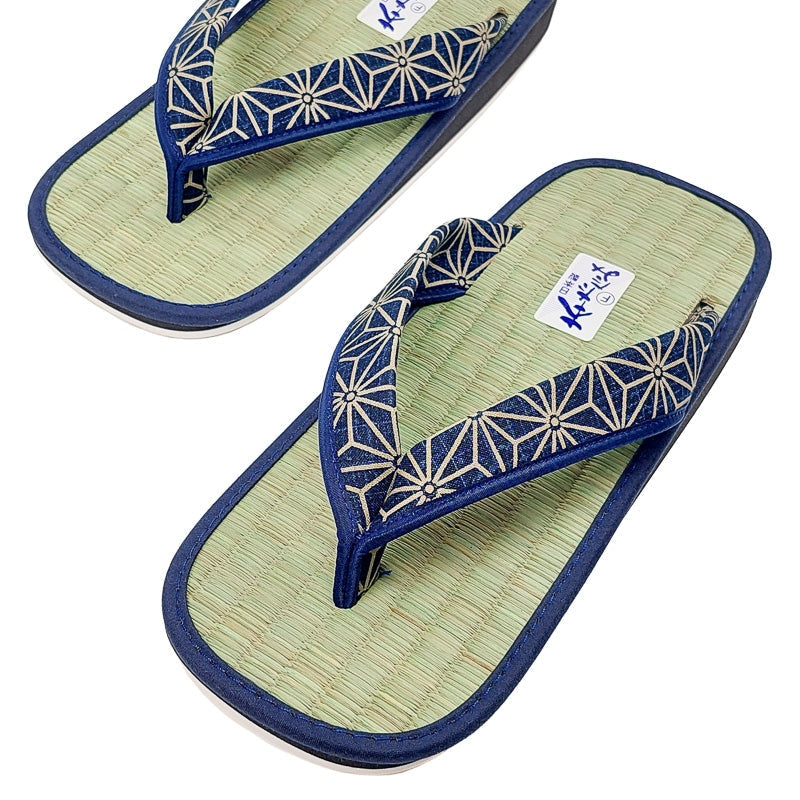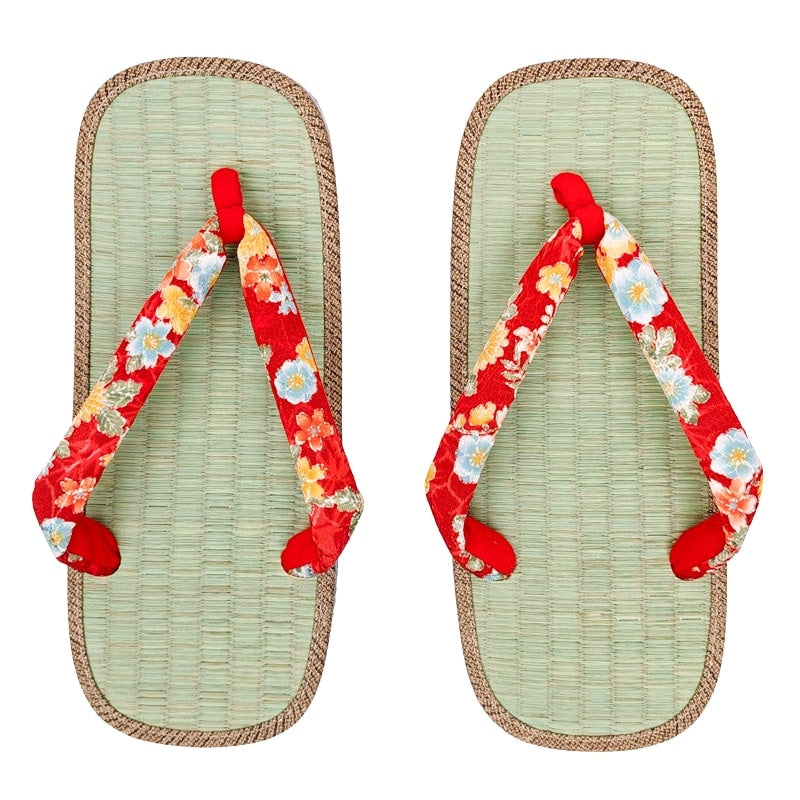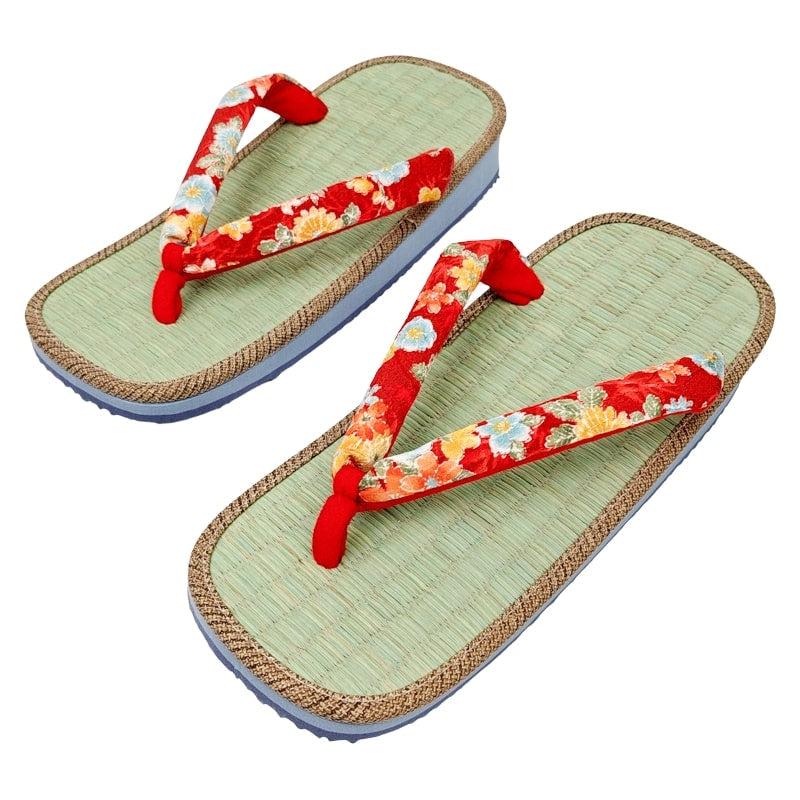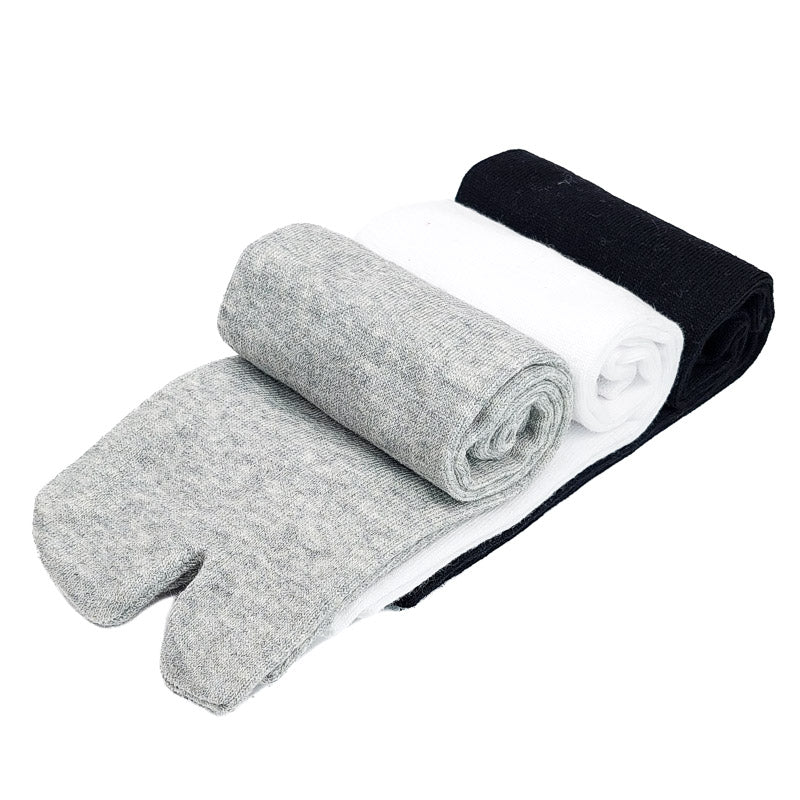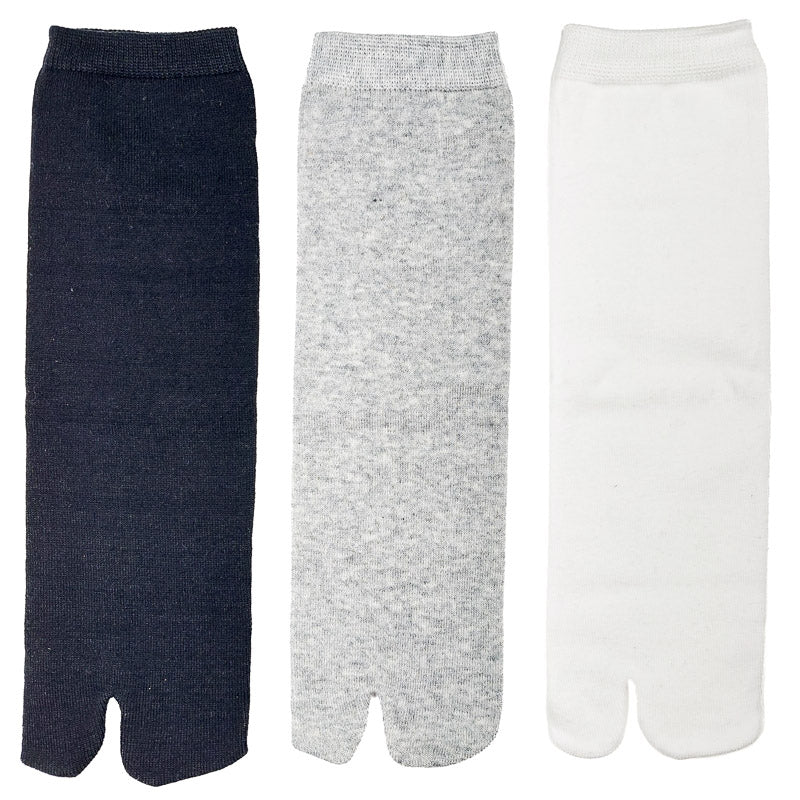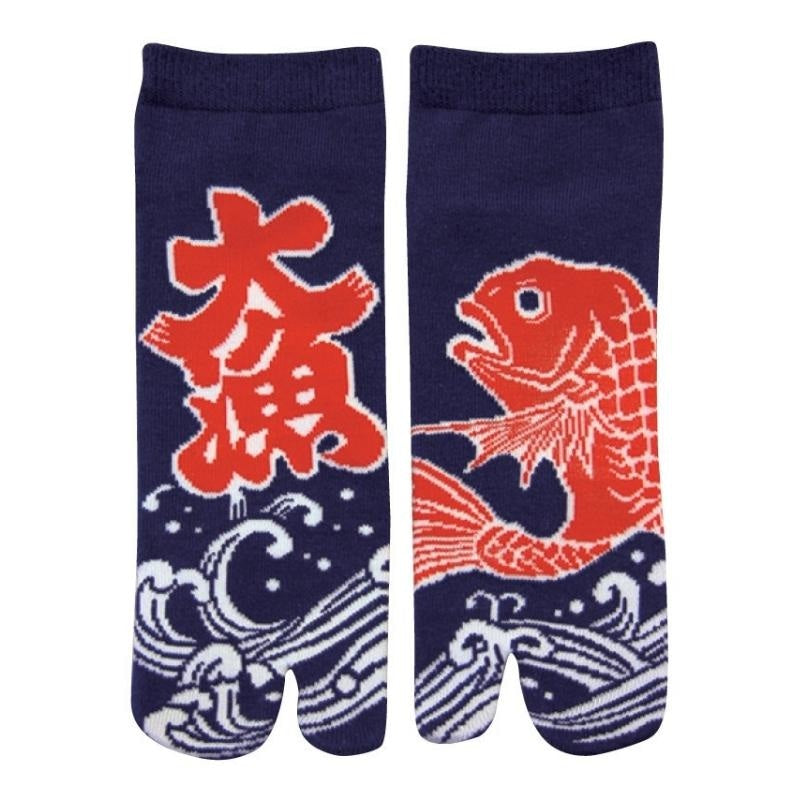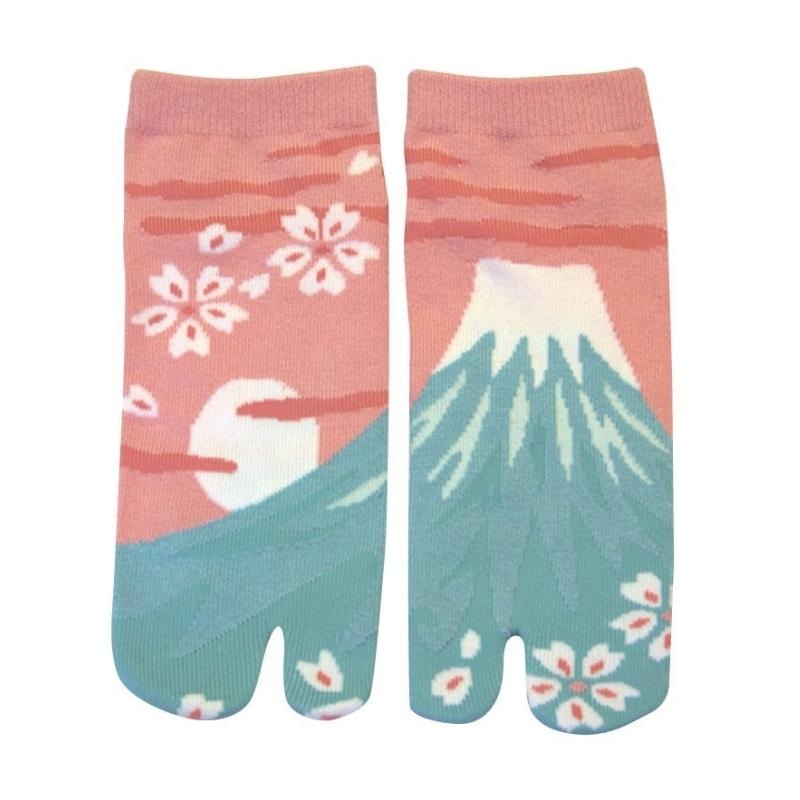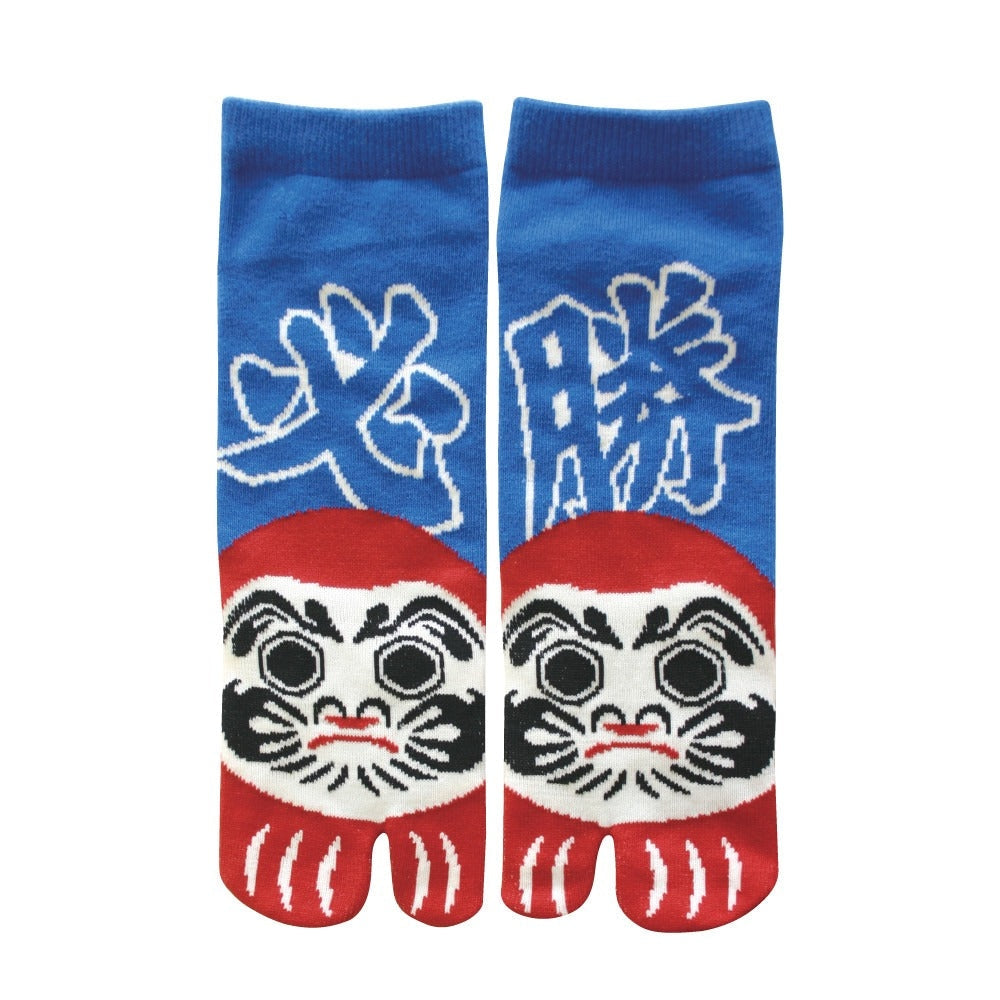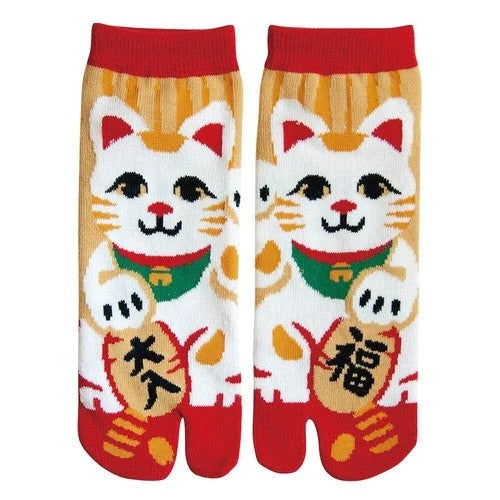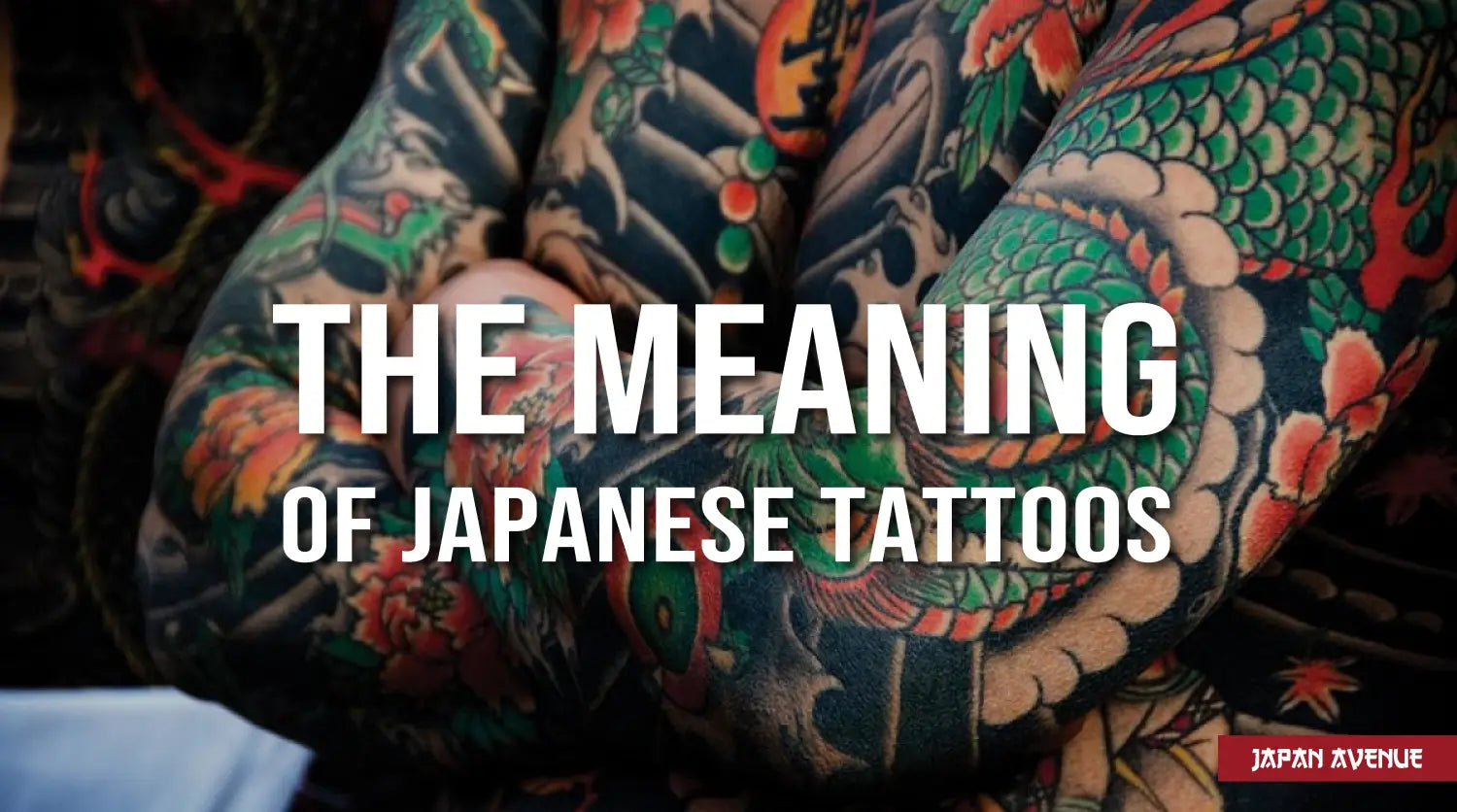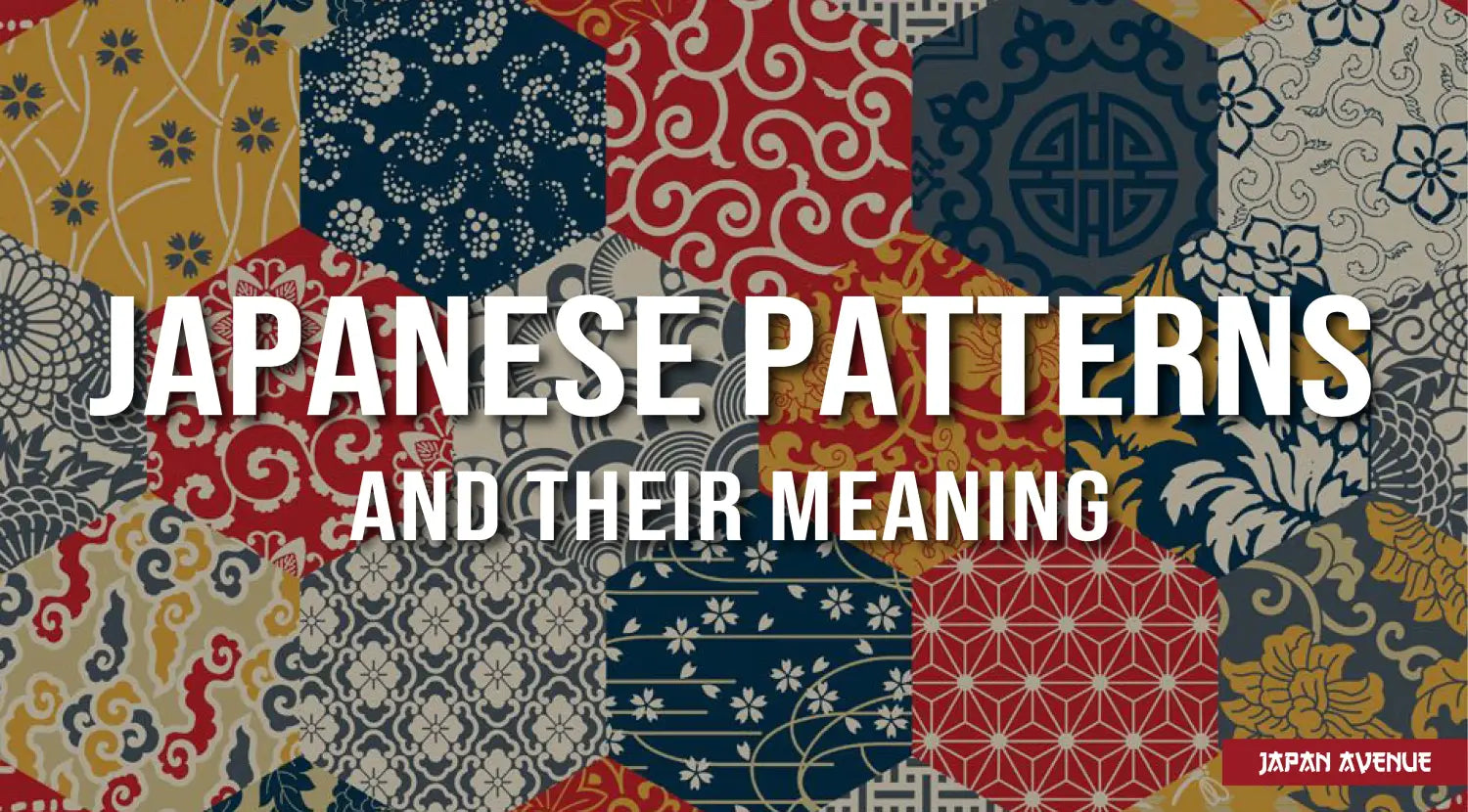Japanese culture is extremely rich, subtle and has fascinated Western countries since the dawn of time. One of the aspects that characterizes this cultural richness so well can be found in the clothing. 👘
Could you name some traditional Japanese outfits?
Traditional Japanese clothing is an integral part of Japanese culture. Some of these clothes are worn for many centuries in Japan. Kimono, yukata, haori, geta... They all reflect the Japanese elegance, so different from Western clothing.
Knowing how to recognize these clothes will bring you a step closer to being a true Japan specialist! ⛩️
In this article, you will find out all the traditional Japanese clothing you should absolutely know about.
1. Kimono, the ultimate Japanese garment

When talking about traditional Japanese clothing, the first image that comes to mind must surely be that of a kimono. This long dress with its loose sleeves has become a true symbol of Japanese culture. Recognizable by its T-shape and its magnificent obi belt, this garment continues fascinating the greatest fashion designers all over the world.
Although nowadays most Japanese people wear a Western style of clothing, kimonos are still worn for special occasions such as weddings, ceremonies and festivals.
| ❓ Did you know? In the past, the term kimono referred to all types of clothing. This Japanese word might actually be translated as " thing one wears on oneself ". After Japan opened up to the world and the arrival of Western style of clothing, the meaning of the word kimono was restricted to traditional Japanese clothing only. To learn more about this topic, check out our article on the Japanese kimono. |
It is important to know that wearing a kimono follows some very precise rules. The art of wearing this garment is known as "kitsuke" in Japanese, it requires a lot of practice and know-how. Moreover, a real traditional kimono is expensive, less than 40% of the Japanese own one. Both of these reasons have contributed to the gradual decline of this tradition over the centuries. 📉
However, this timeless garment certainly has not come to an end. From rental services to the progress in synthetic fibers, wearing a kimono has become accessible to just about everyone.
2. Yukata, the casual summer kimono

Often confused with the kimono, the yukata is a much less formal traditional garment, not adapted for ceremonies or other official events. Unlike the kimono which is made of silk or wool, the yukata is a sort of summer kimono, which is lightweight and casual, made of cotton.
|
❓ Did you know? Originally, this garment was used by the aristocratic class after bathing or as a housecoat. Nowadays, the yukata is commonly worn during summer events such as festivals and fireworks. Learn more about the yukata in this article. |
Although it may not always be obvious to a Westerner, knowing the difference between a yukata and a kimono is very important to avoid any uncomfortable situation. For example, going to a tea ceremony wearing a yukata could cause serious discomfort. 😬
3. Haori, the Japanese everyday jacket

The haori is a Japanese jacket, traditionally worn over the kimono. Although the fit and fabric of the haori is generally identical to that of the kimono, the jacket does not close by crossing both sides. The haori jacket can be worn either open or tied at the front with a small cord - the goal is to let the beautiful colors of the kimono and obi belt show through.
The haori jacket can be worn on a daily basis, by both women and men. This traditional Japanese garment is at the origin of the famous kimono jacket which is very popular in the fashion industry. Loose, light and easy to wear, the haori has been quickly adopted by Westerners for use as a summer jacket, casual home wear or as the centerpiece of a chic and distinguished outfit.
4. Jinbei, elegant Japanese pajamas

The jinbei is a traditional Japanese garment and is mainly worn by men as indoor clothing. Composed of short pants and a matching short-sleeved jacket, this two-piece garment is made of a cotton fabric to allow the skin to breathe. Thus, the jinbei is very much appreciated in summer when it can be worn as a yukata.
The jinbei jacket closes by crossing the two sides just like a kimono but does not require an obi belt; it closes on the side with small cords. Generally, its color is sober, in blue, black or gray tones, with very subtle geometrical patterns ( such as stripes). Due to its lightweight fabric and its ample fit, the jinbei is very appreciated as a pajama or summer garment by both Japanese and Westerners.
5. Hakama, the traditional Japanese pants

The hakama is a traditional Japanese pants, large and pleated. Formerly, this garment was reserved for nobles and samurai, both men and women. The hakama is worn over the kimono and tightened at the waist.
Nowadays, these loose pants are used as combat clothing in certain martial arts such as aikido. They can also be used as ceremonial clothing at a wedding or graduation ceremony, for example.
6. Geta, Japanese footwear made of wood

Geta are the ultimate traditional Japanese footwear. They are composed of a wooden sole, either elevated on one or two platforms called "teeth" or flat. The foot is maintained on the sole thanks to the thick fabric strap. Teeth can vary in height and width, depending on the type of geta. Perched on their wooden sole, Japanese people can move around without damaging their kimono on the ground.
| ❓ Did you know? In the past, geta sandals were worn by all social classes, in all seasons and on all occasions. These days, wearing geta sandals often is limited to special occasions such as a festival or a traditional ceremony. Only geishas continue to wear these wooden footwear on a daily basis. |
Although this may not be your first impression, geta sandals are comfortable, casual and excellent for relieving back pain. Feel free to explore our blog to learn more about Japanese geta.
7. Tabi, two-toed Japanese socks

In Japanese, the term tabi stands for "foot bag", a funny way to describe these famous two-toed traditional Japanese socks. But why on earth would you want to separate your big toe from the rest of your toes? Simply to be able to slide the geta strap between the toes.
| ❓ Did you know? The real tabi socks are white, made of cotton and have a thicker sole than a classic sock. In addition, the fabric is not stretchy and the socks close at the back with metal hooks. This particularity is explained by the fact that in Japan, shoes are taken off at the entrance of houses and temples. Thanks to its thick sole, the tabi socks thus serve as slippers once inside. |
Nowadays, Japanese socks are fascinating the entire world! Hence, a multitude of tabi socks are available in all kind of colors and with an elastic fabric similar to our western socks, delighting young and old alike.
Tabi has many benefits for the health of the feet. For example, the separation of the big toes from the others allows a better balance of the body and therefore a much better posture. In addition, it stimulates blood circulation, improves the regulation of sweat and facilitates the natural movement of the foot. 👍
Go for a traditional Japanese outfit!
Now that you are familiar with these different types of Japanese clothing for men and for Japanese women clothing, why not consider wearing some of them?
Japanese clothing fashion, in addition to being very elegant and refined, has the advantage of being extremely comfortable. Thus, the kimono, the yukata and the jinbei are all very pleasant to wear as indoor clothing, especially in summer.
As for the haori jacket, this one has been perfectly adapted to contemporary fashion and fits perfectly well in a streetwear outfit. Available in an infinite variety of patterns, the haori is easily worn over a simple t-shirt.
The geta, far from what you might expect from them, are comfortable footwear that guarantee great foot support and good posture. They are even given the benefit of relieving back pain. With a pair of geta, you will learn to walk at a slow pace in order to enjoy every moment of the day.
Discover our Japanese clothing collections and invite Japan into your wardrobe!

